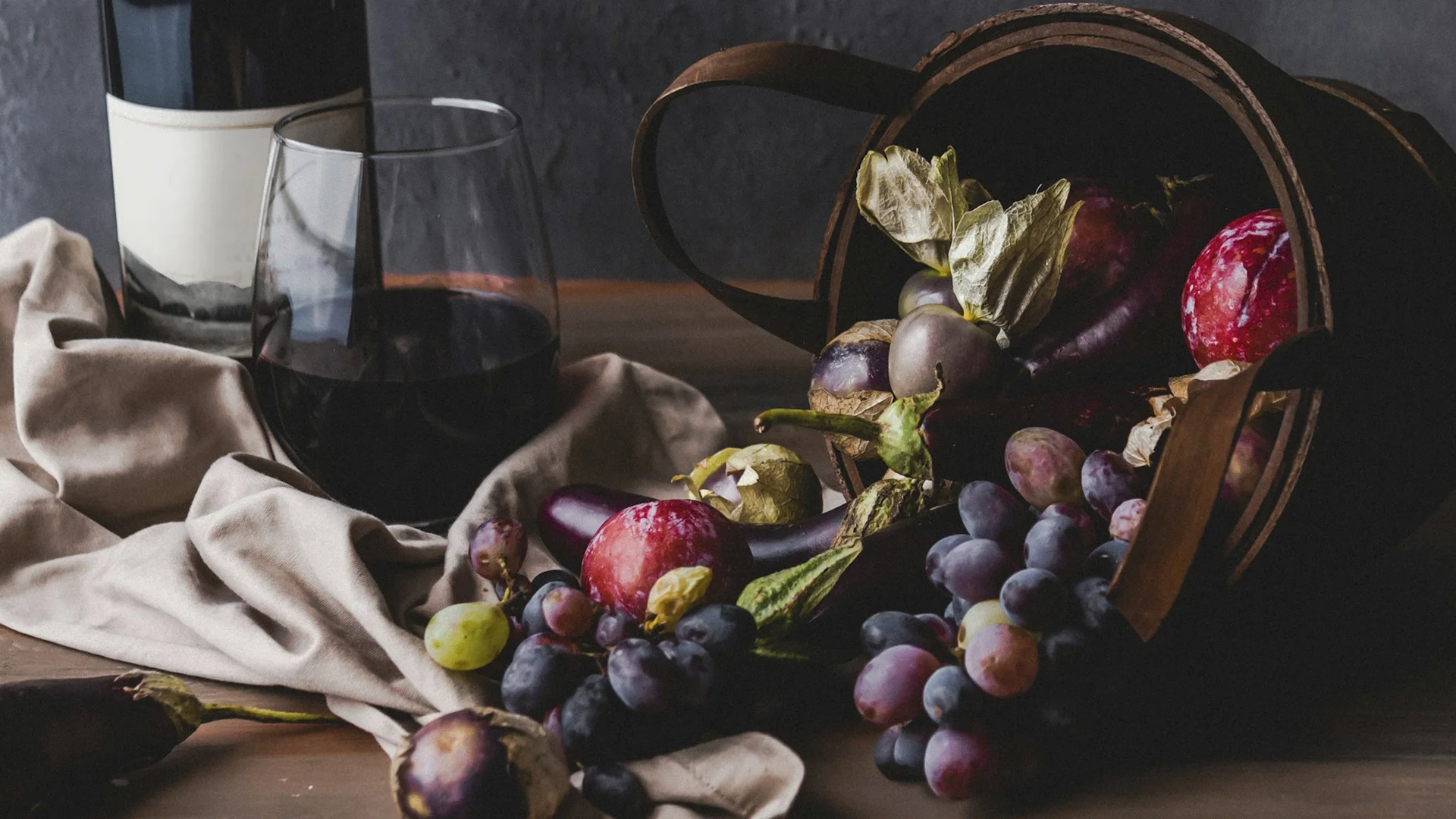
Bordeaux red blends are iconic wines built on harmony, tradition, and terroir. This guide explores their grapes, winemaking, regions, taste, food pairings, how to choose and serve them—plus how Bordeaux is adapting through sustainability and global comparison. Whether you’re new to Bordeaux or a seasoned drinker, here’s everything you need to know. The blend of tradition, terroir, and grape varieties gives Bordeaux red blends a unique character that sets them apart from other wines.
Bordeaux Red Blend refers to red wines from southwest France, specifically the Bordeaux region, made by combining classic grape varieties, including Cabernet Sauvignon, Merlot, Cabernet Franc, Petit Verdot, and Malbec, with occasional additions of Carménère. Instead of showcasing a single grape variety, these blends convey harmony through diversity. The Cabernet Sauvignon grape variety contributes bold flavours and tannins to Bordeaux red blends. Bordeaux wine is predominantly made from blends of different grape varieties, with 99% of top wines produced in this manner.
Bordeaux is split into two zones by the Gironde estuary, dividing the region into the Left Bank and Right Bank. Bordeaux is divided into several appellations, with some of the most famous appellations including Pauillac, Margaux, and Saint-Émilion.
This divide gives rise to two distinct styles under one regional umbrella. Left Bank wines typically have more tannin and a bigger overall structure, while Right Bank wines are softer, fruitier, and less tannic. Right Bank wines tend to be rich in fruit, softer in mouthfeel, with less tannin compared to Left Bank wines.
A Bordeaux blend isn’t about one grape—it’s about the symphony of varieties working together to create balance, complexity, and longevity.
While red blends dominate the Bordeaux region, the area also produces excellent dry white wines and sweet white wines. These are typically blends of white grapes, such as Sauvignon Blanc, Sémillon, and Muscadelle. White Bordeaux wines are typically made from these blends, and white Bordeaux wines account for less than 10% of Bordeaux wine production. Minor varieties, such as Folle Blanche and Ugni Blanc, have also been used in Bordeaux's white wine production, contributing to the region's diverse vineyard profile.
Dry white Bordeaux is crisp and aromatic, often led by Sauvignon Blanc, with notes of citrus, herbs, and minerality. At the other end of the spectrum, Bordeaux is also renowned for its sweet white wine styles—most famously from Sauternes and Barsac.
These sweet wines are made from grapes affected by noble rot (Botrytis cinerea). This beneficial fungus concentrates sugars and flavours, producing luscious, age-worthy wines with notes of honey, apricot, and marmalade.
Though less famous than the reds, Bordeaux’s whites—both dry and sweet—add another dimension to the region’s remarkable diversity.
Refer to our in-depth guide on White Bordeaux wines.
Winemaking Process
Creating a Bordeaux red blend is akin to directing a masterful ensemble. Each grape, each barrel, plays a role. The winemaking process blends tradition with modern precision.
Key steps:
After fermentation:
Blending is the artistry:
When blended, wines tend to:
Petit Verdot is known for its intense colour and tannins, and is typically used in small amounts in Bordeaux blends.
Blending grape varieties in Bordeaux wines enhances complexity and texture, resulting in a more refined wine.
Before bottling:
The result: a wine crafted with patience, precision, and the goal of harmony. The expertise of the winemaker is essential in achieving balance and ensuring the final blend expresses the best qualities of each grape.
A Bordeaux red blend is layered, structured, and built to evolve. The best wines from Bordeaux red blends are celebrated for their complexity, aging potential, and depth of flavour. It’s less about instant gratification and more about the journey in the glass.
A great Bordeaux isn’t flashy—it’s intellectual, layered, and meant to be explored slowly. Each grape contributes its own tone, creating a complete, symphonic whole.
Bordeaux red blends pair exceptionally well with rich, savoury foods. Their tannins, acidity, and depth make them ideal for meat and aged cheese.
Foods to Avoid when Drinking Red Bordeaux:
“If it grows together, it goes together.” In Bordeaux, that means:
All elevate—and are elevated by—Bordeaux wine.
These blends don’t just pair—they ignite meals, making food taste better and vice versa.
Bordeaux enjoys a maritime climate moderated by the Atlantic Ocean and the Gironde estuary, which means:
The region is divided by the Gironde, which is formed by the confluence of the Garonne River and the Dordogne, into:
The Left Bank is also home to the prestigious First Growths of the 1855 Classification, including Château Haut-Brion, which is unique for being located in Graves rather than the Médoc.
Despite the differences, all Bordeaux wines share:
Knowing the difference between Left and Right Bank helps decode style, even before opening the bottle.
To enjoy Bordeaux at its best, a little care goes a long way.
Handled well, Bordeaux rewards you with every glass.
Comparison with Another Wine Style
To see Bordeaux’s strengths, compare it to its New World rival: Napa Valley Cabernet Sauvignon. Both are powerhouses, but their expressions differ.
Bordeaux is about restraint and longevity; Napa is about power and immediacy. Both deliver excellence—but with different accents.
Though deeply rooted in tradition, Bordeaux is actively preparing for the future.
The Bottom Line: Bordeaux is demonstrating that legacy and innovation can coexist—preserving what matters while evolving with the times.
Bordeaux red blends are timeless, yet constantly evolving. They offer structure, flavor, and versatility—from everyday weeknight reds to age-worthy cellar treasures. Whether you’re drinking a Left Bank powerhouse or a Right Bank charmer, you’re tasting a piece of history, geography, and craftsmanship in every glass.
Their blend of grapes, terroir, and tradition make Bordeaux wines distinct—and as sustainable practices grow, so does their relevance. If you enjoy Cabernet, Merlot, or just crave a classic wine with depth and elegance, Bordeaux red blends are essential to explore.

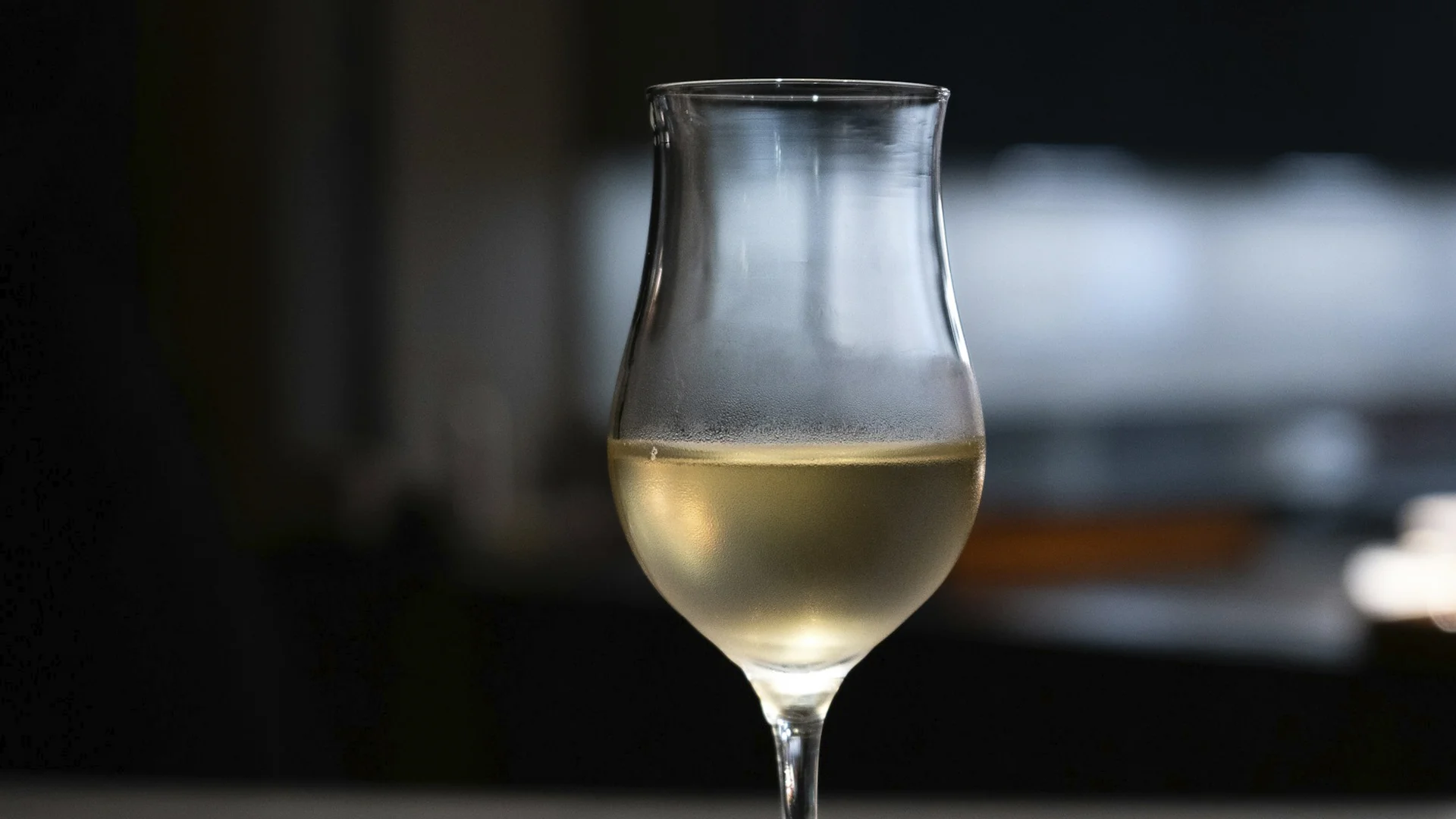
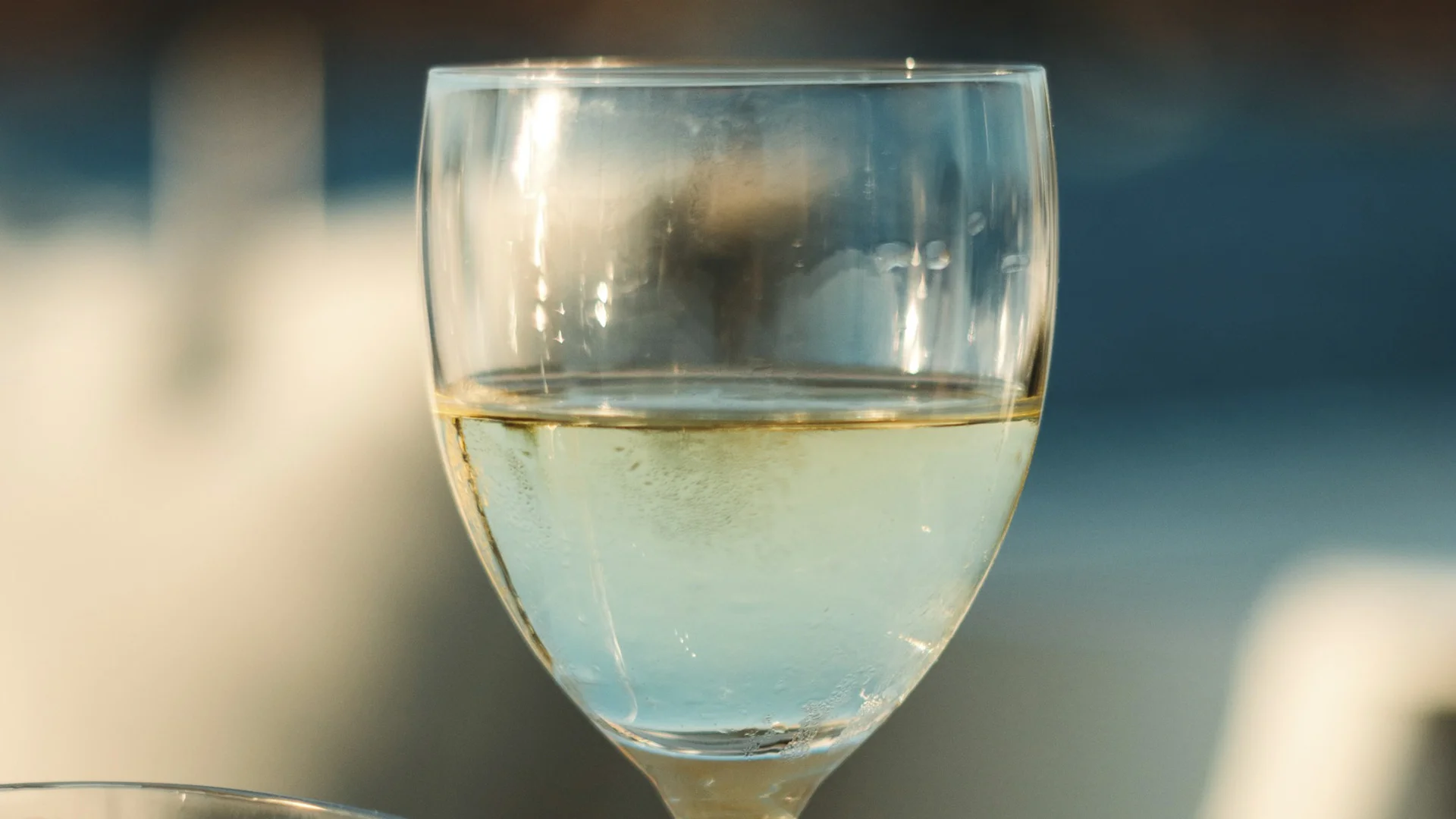
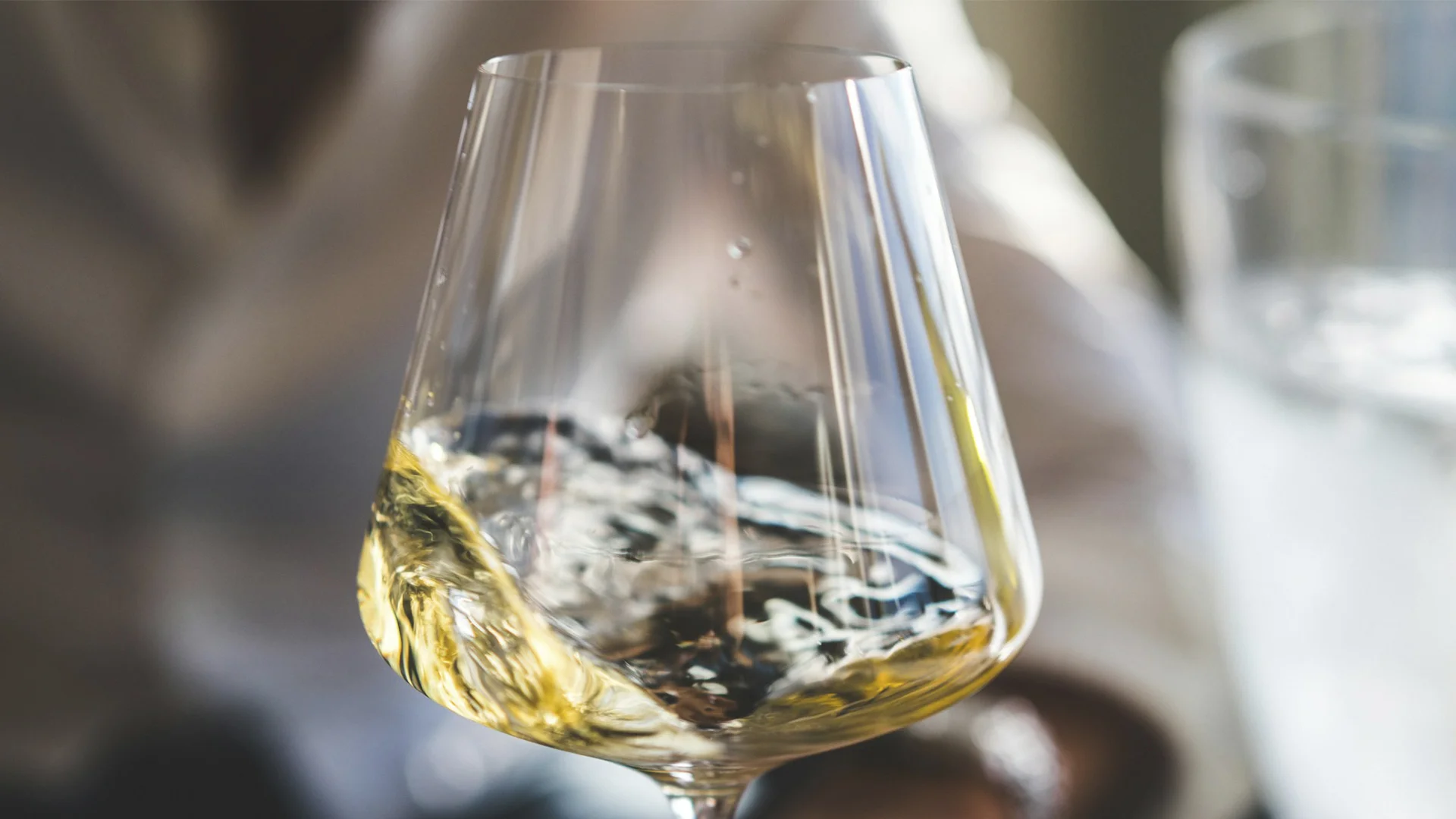
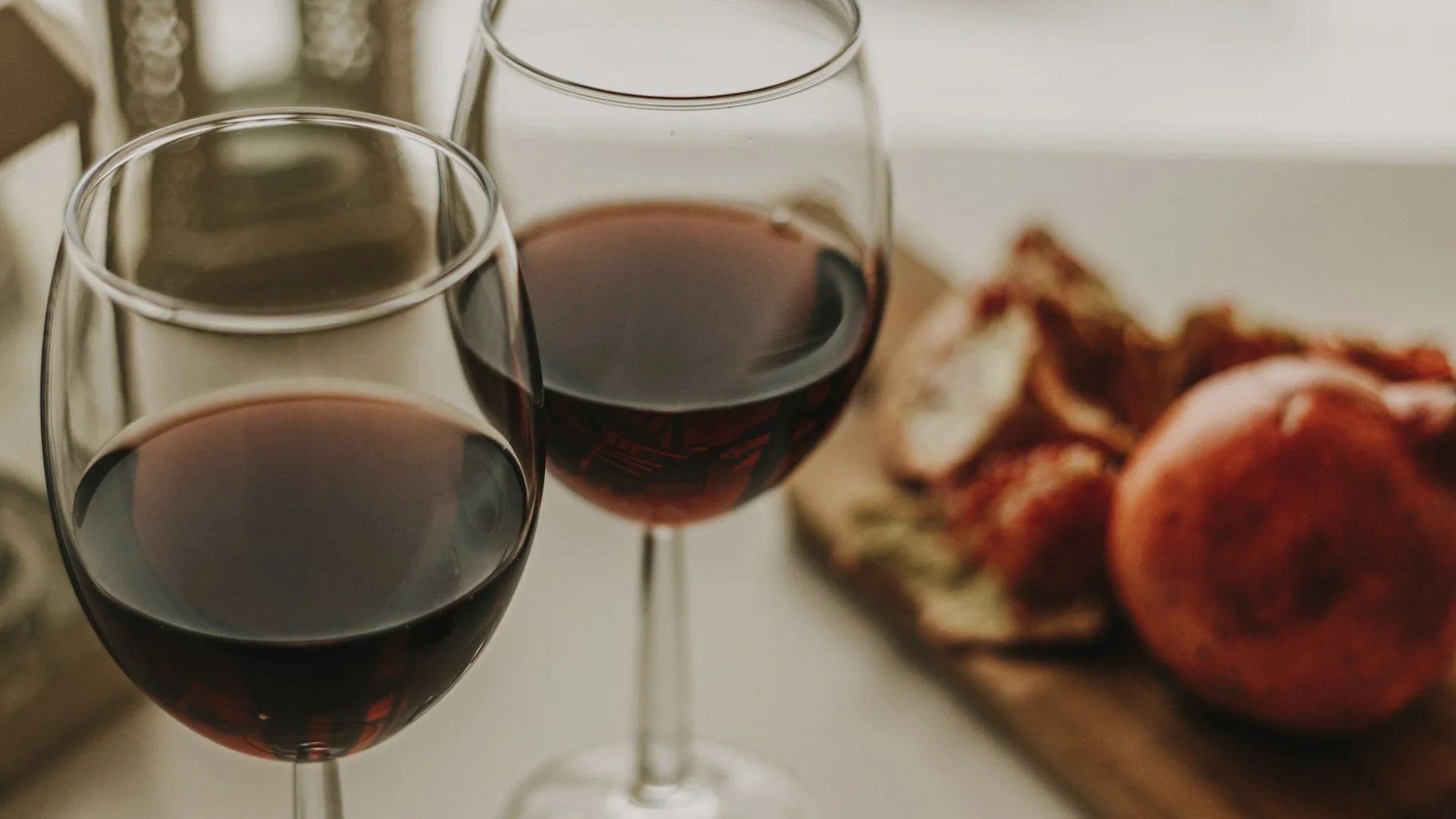
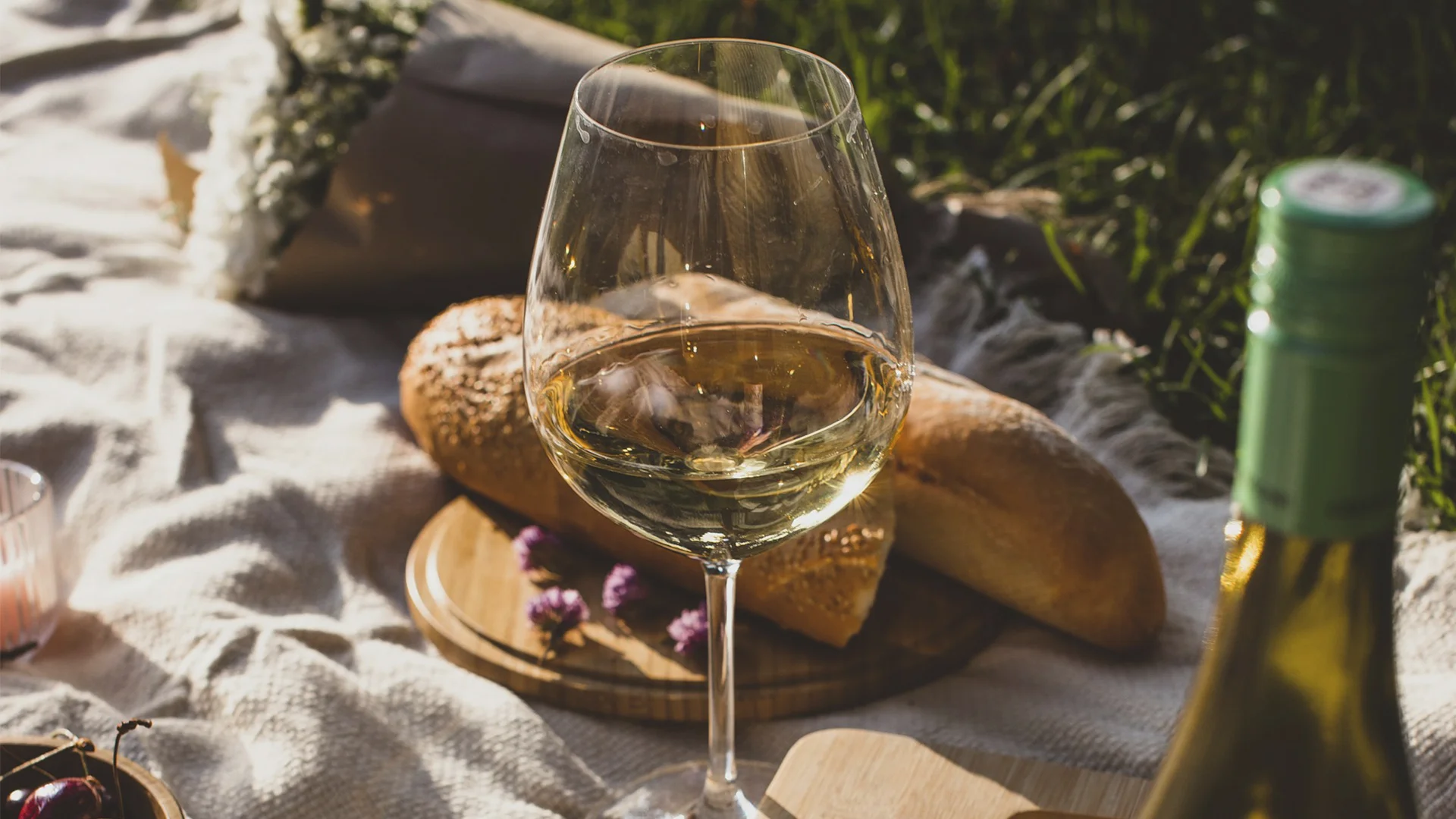
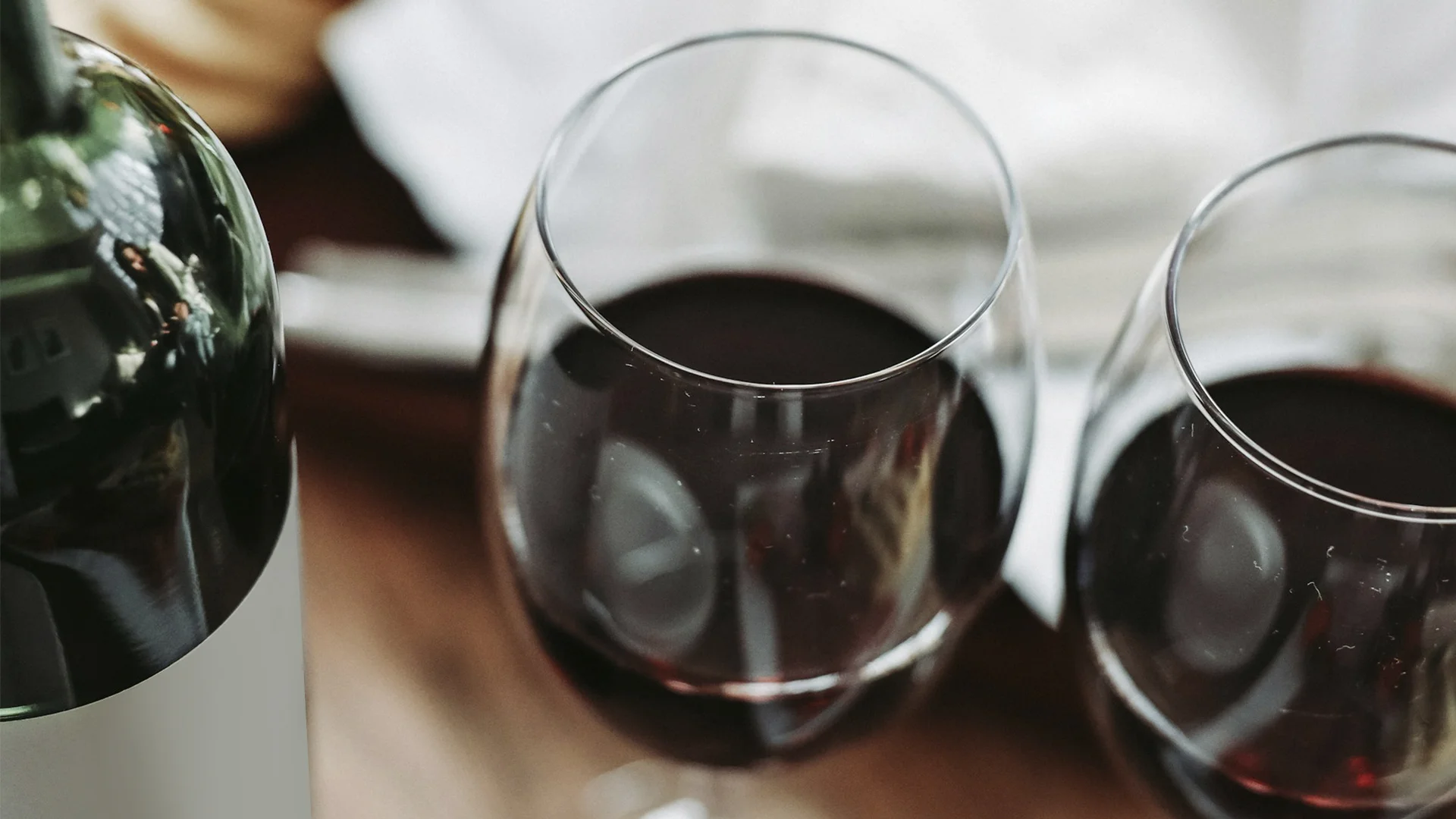
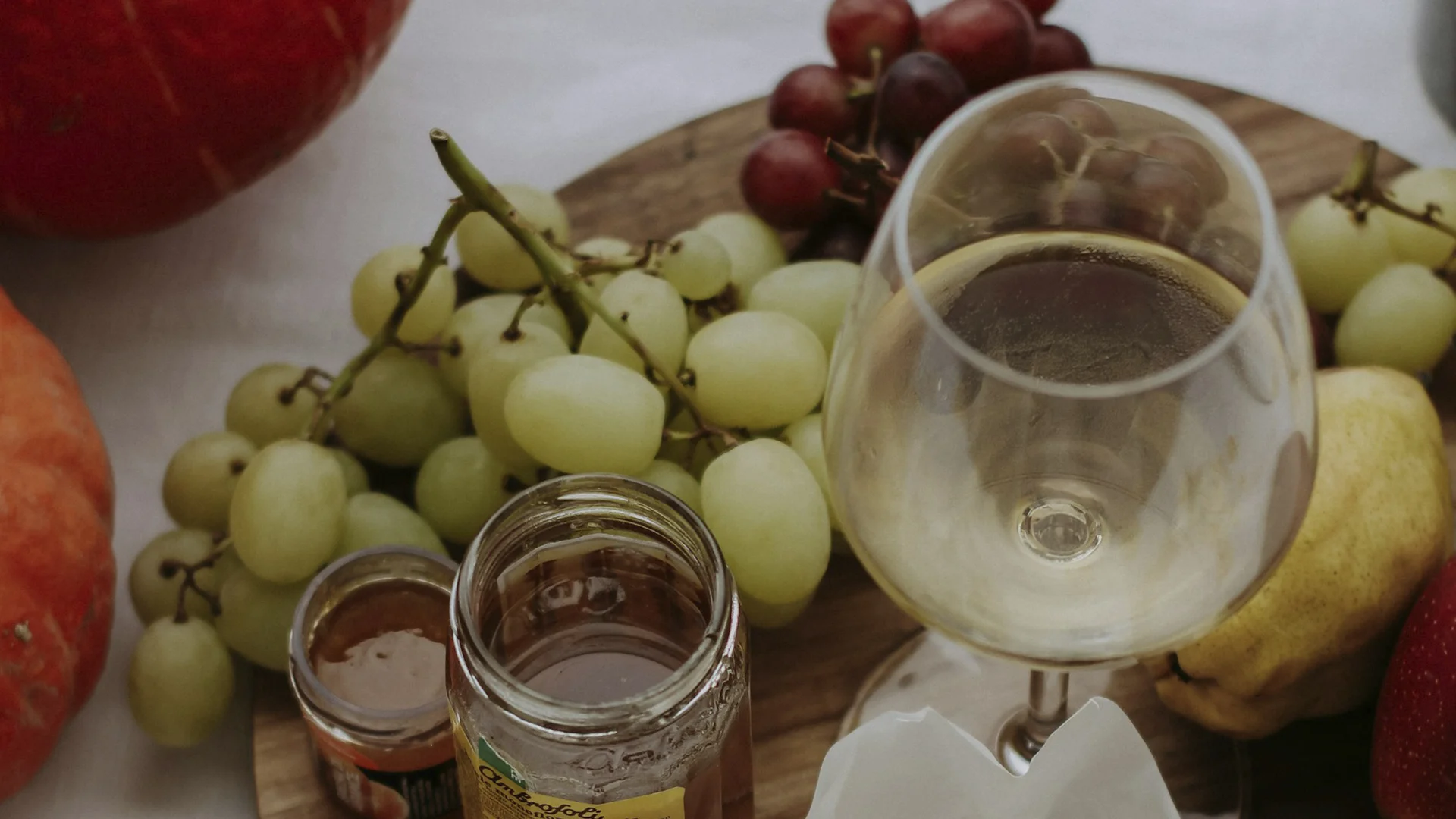
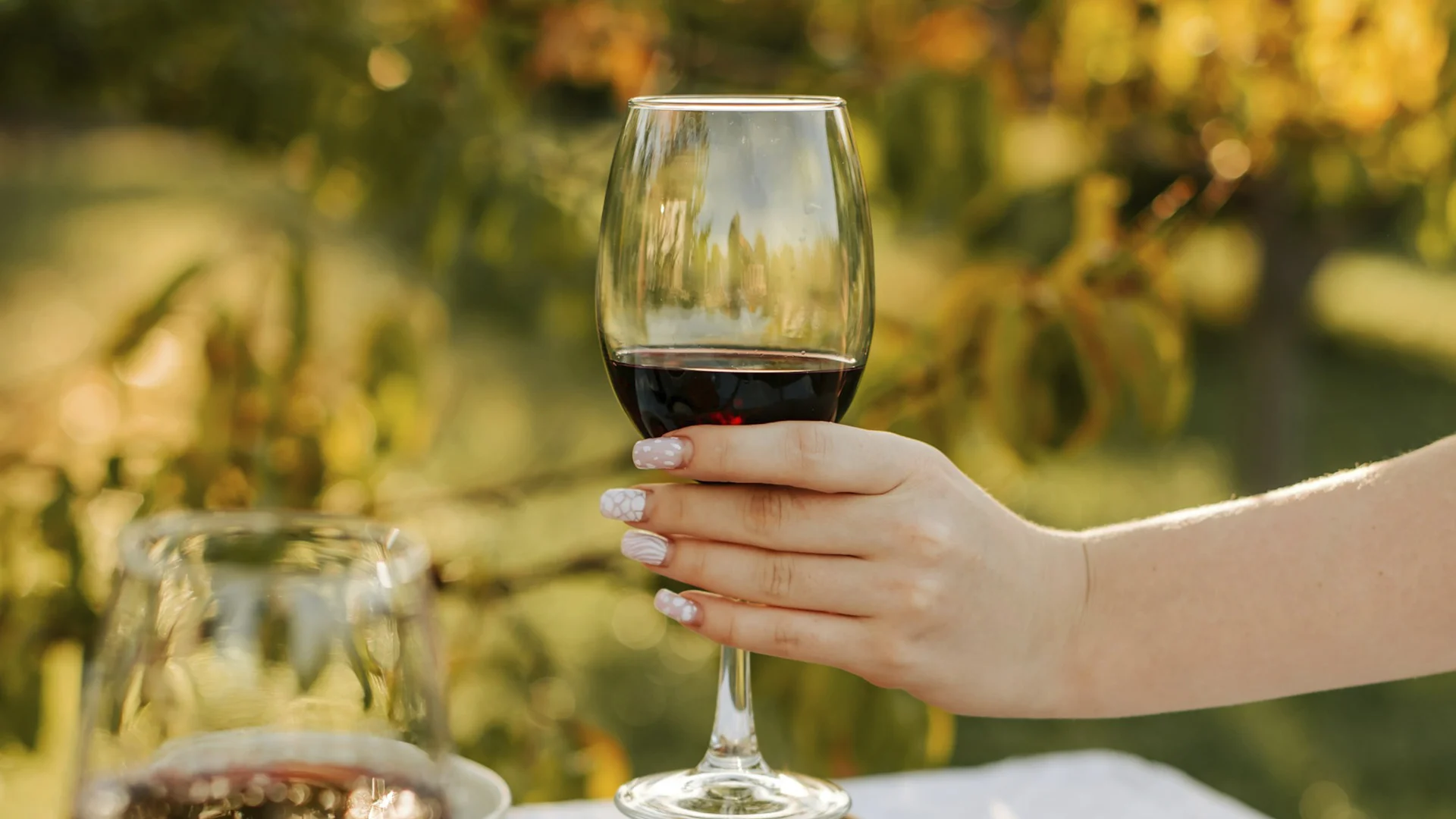
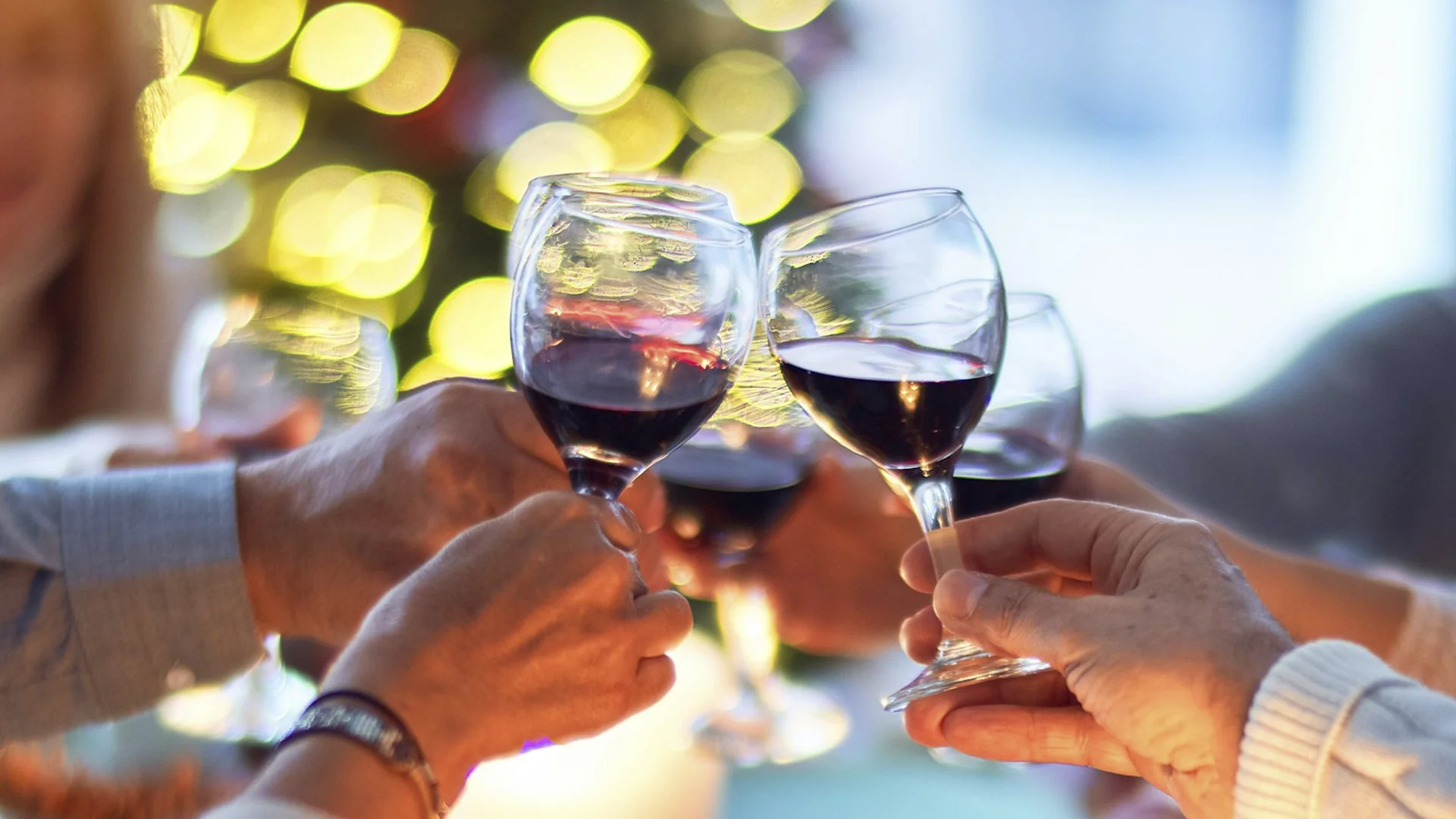
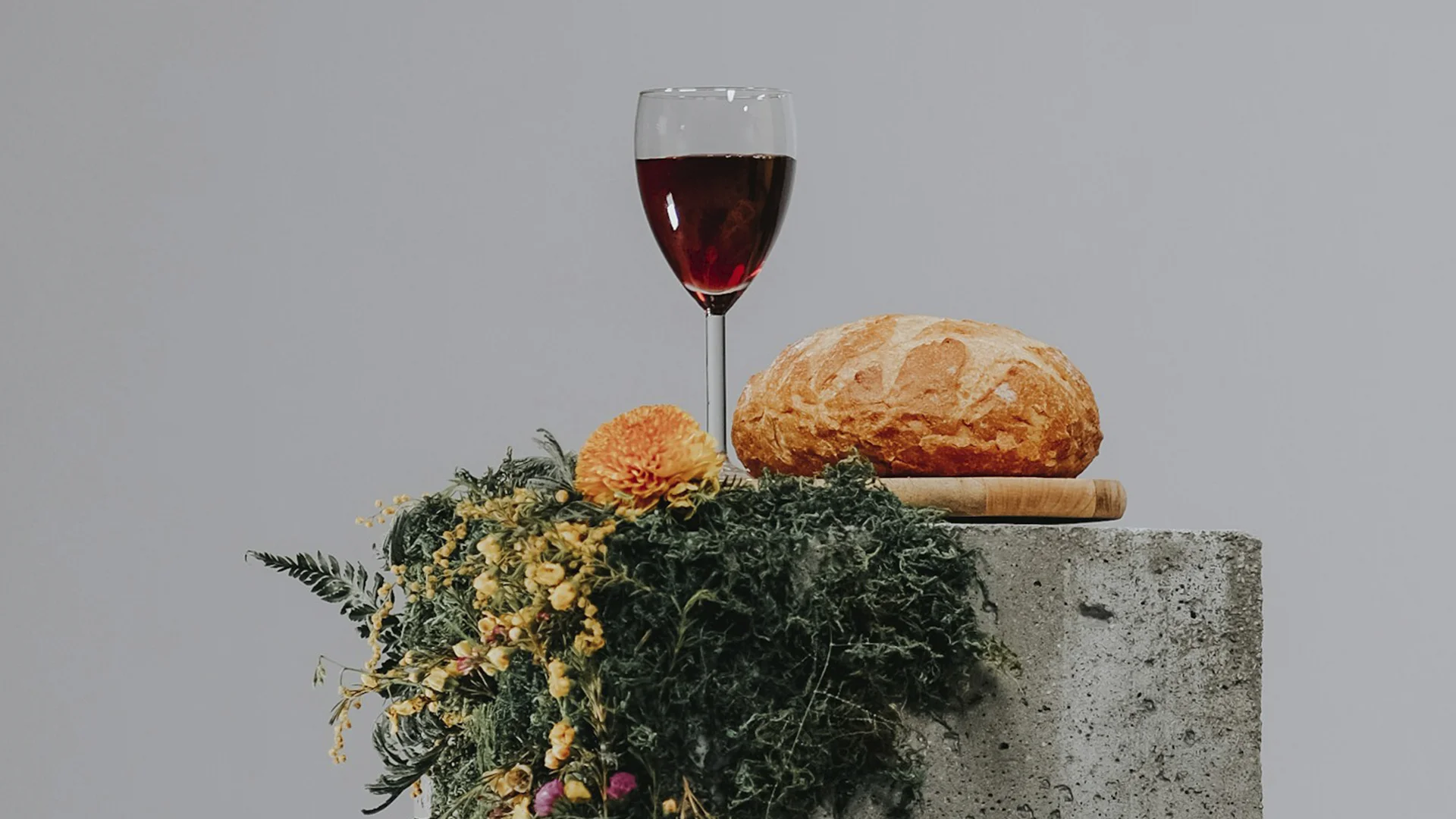


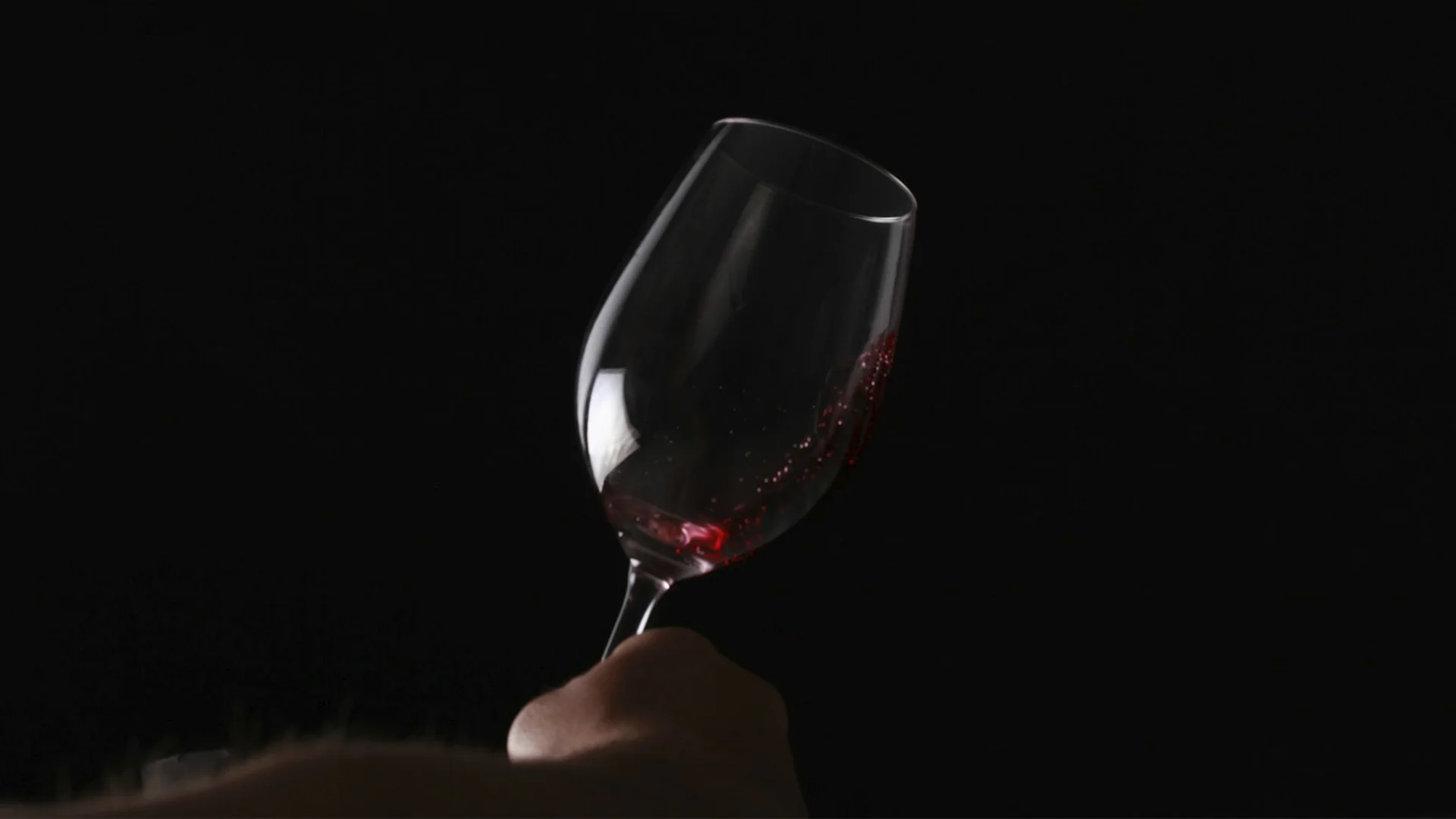
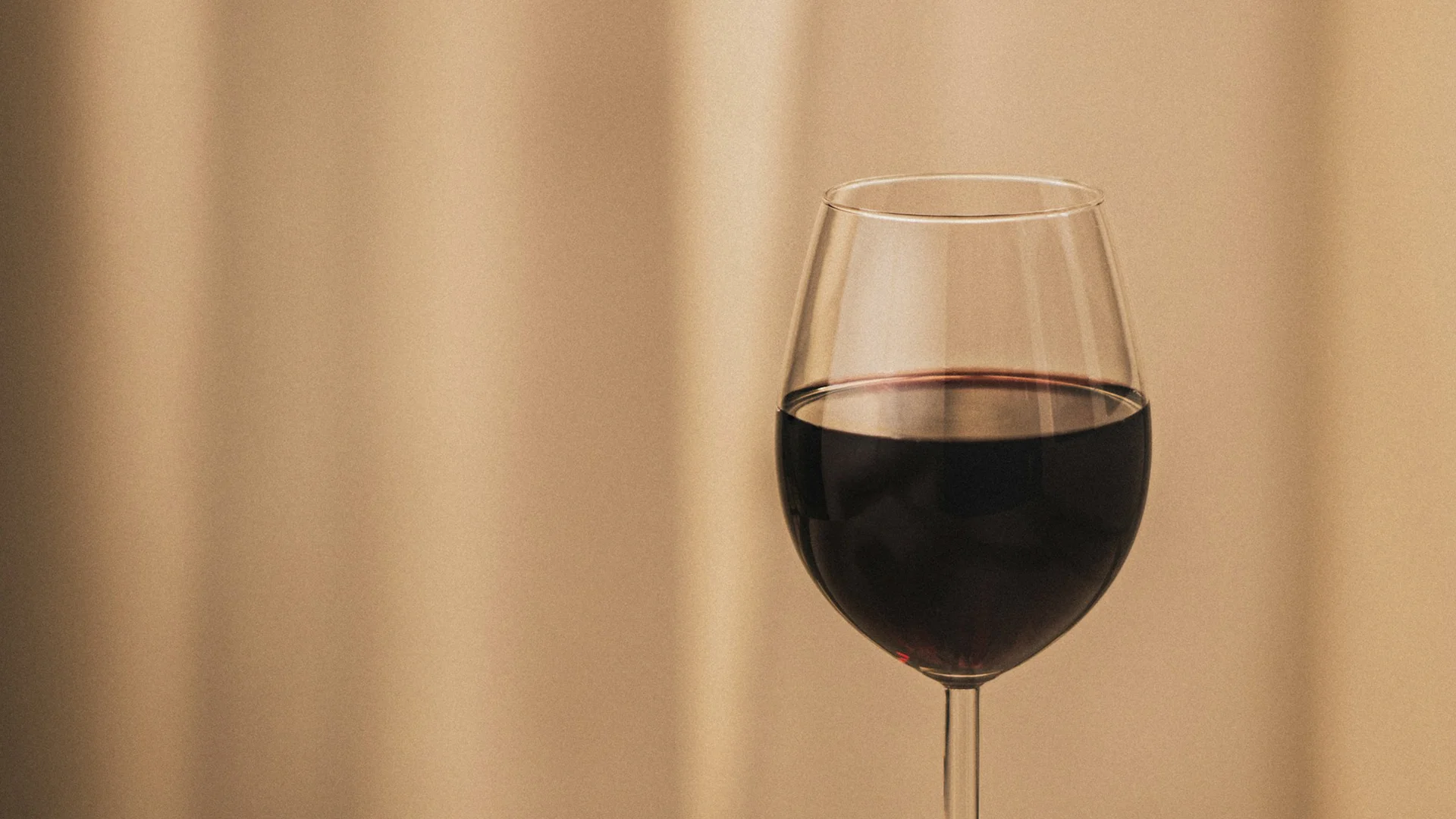
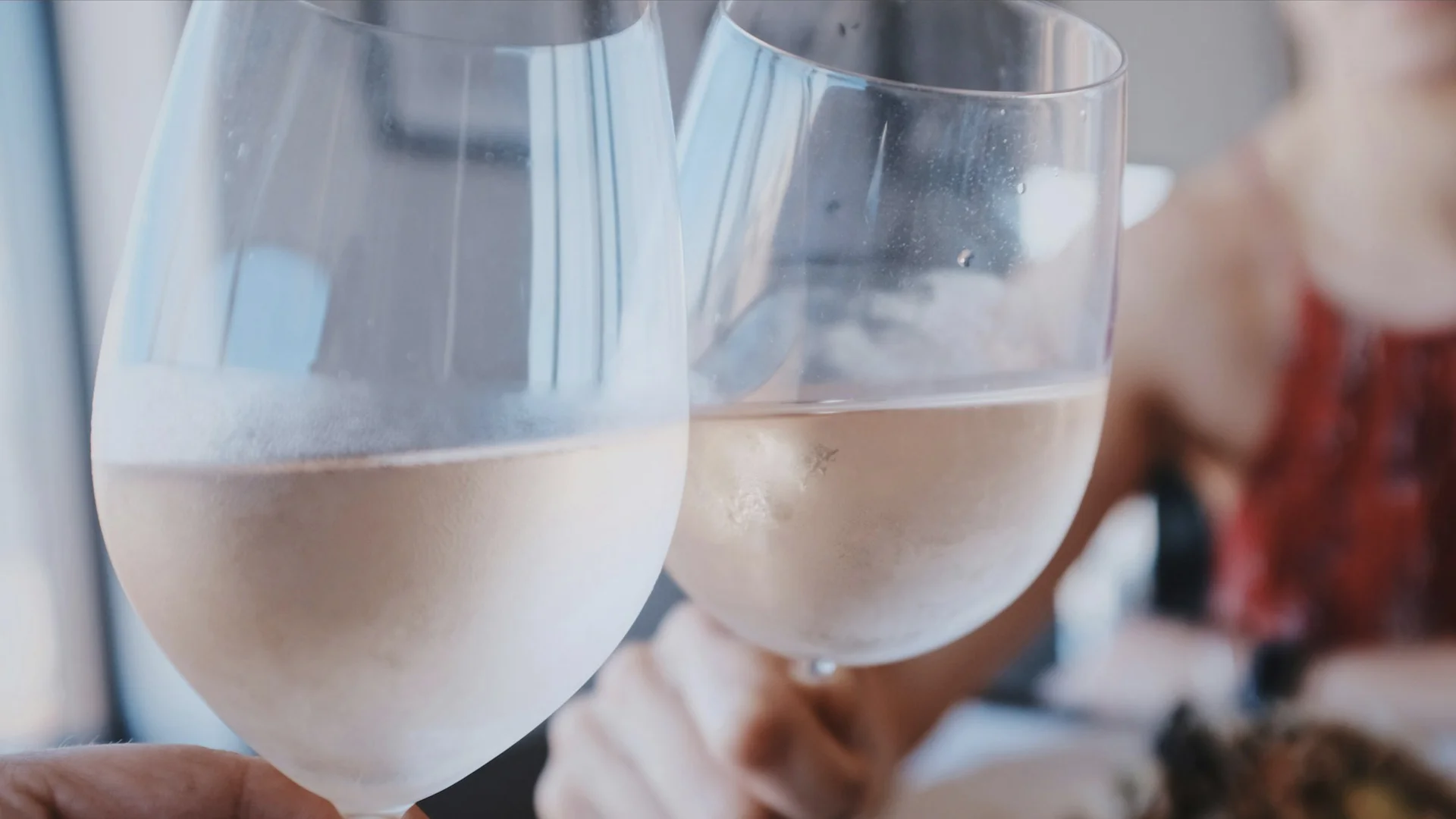

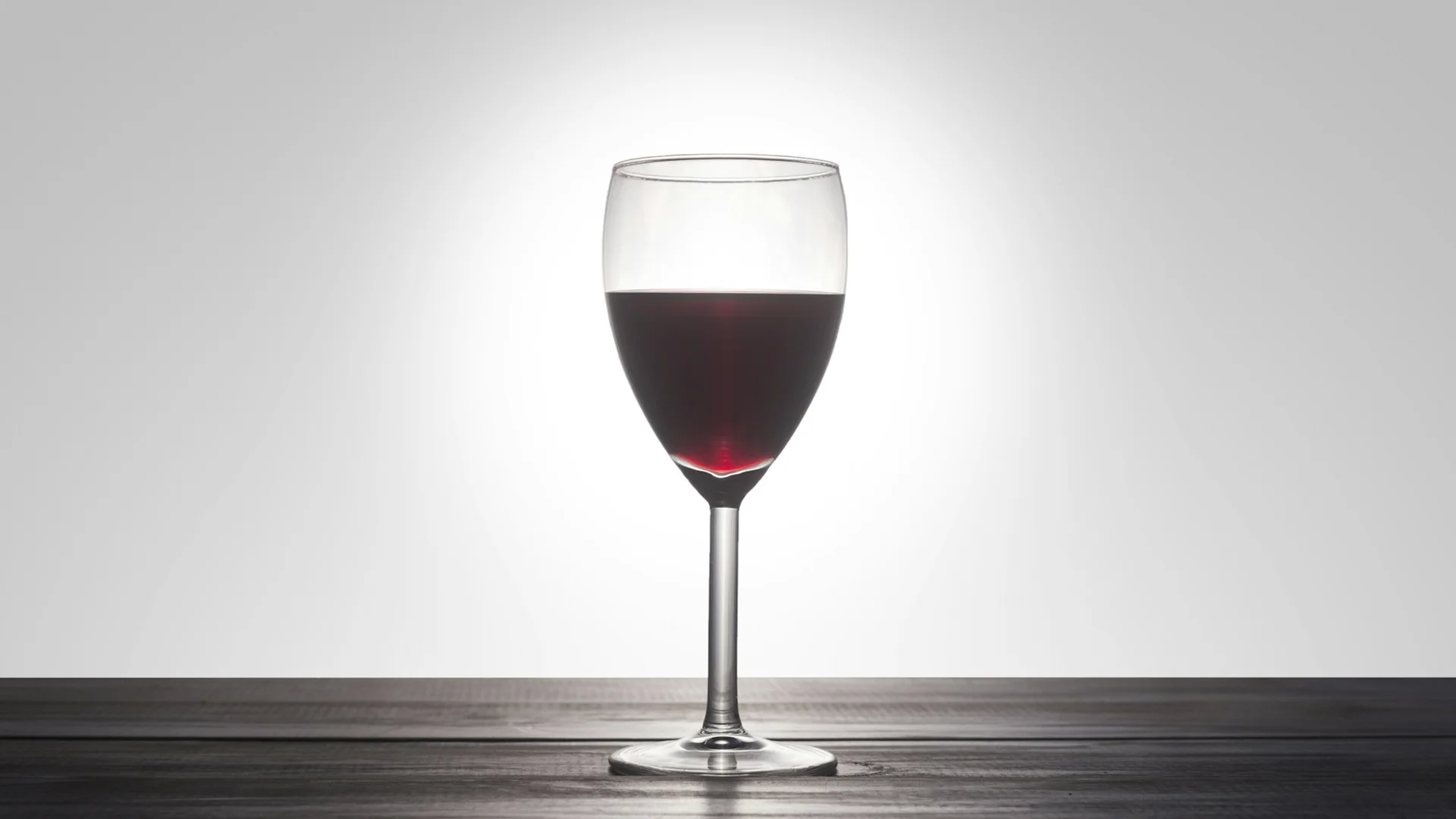
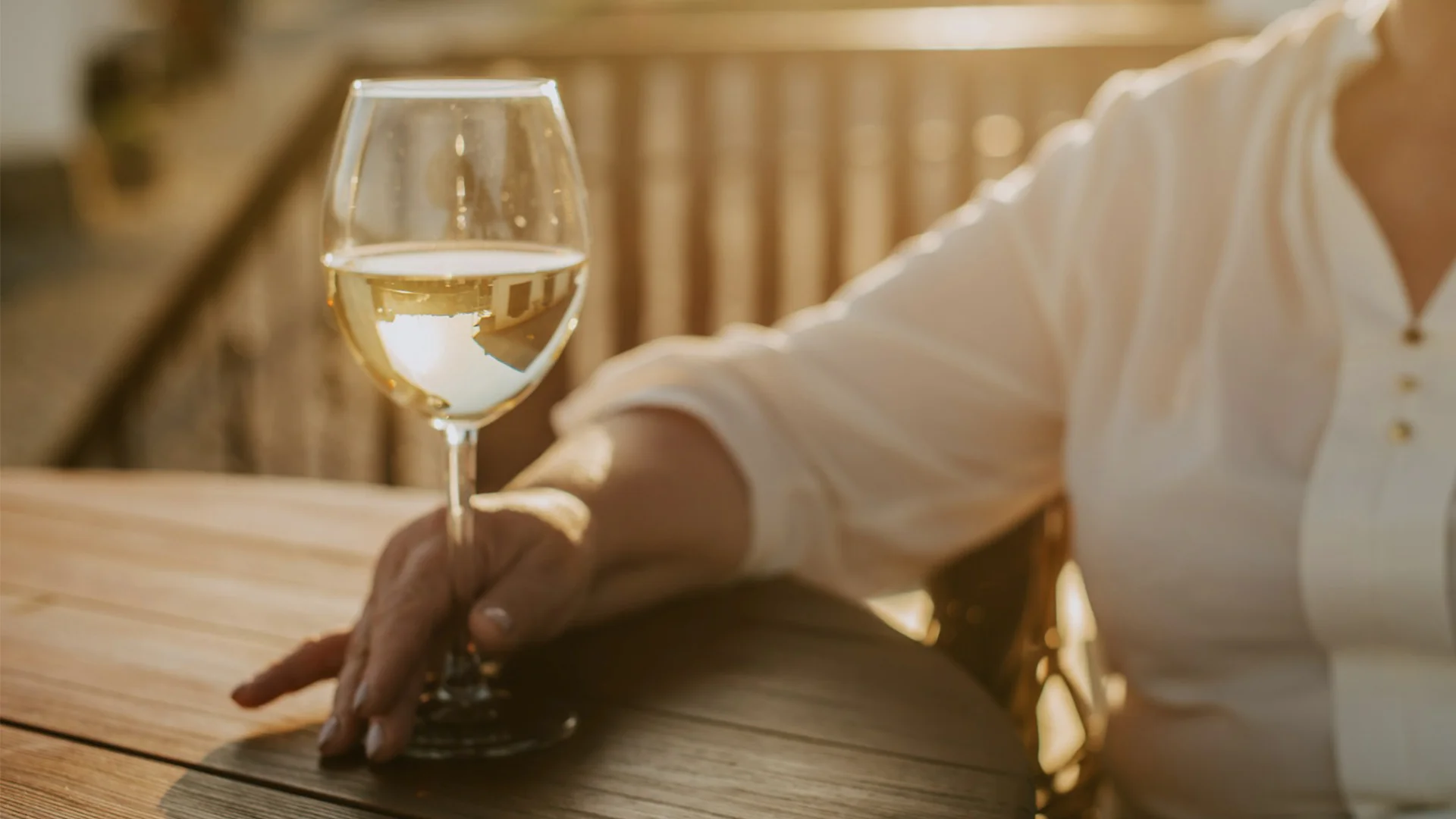
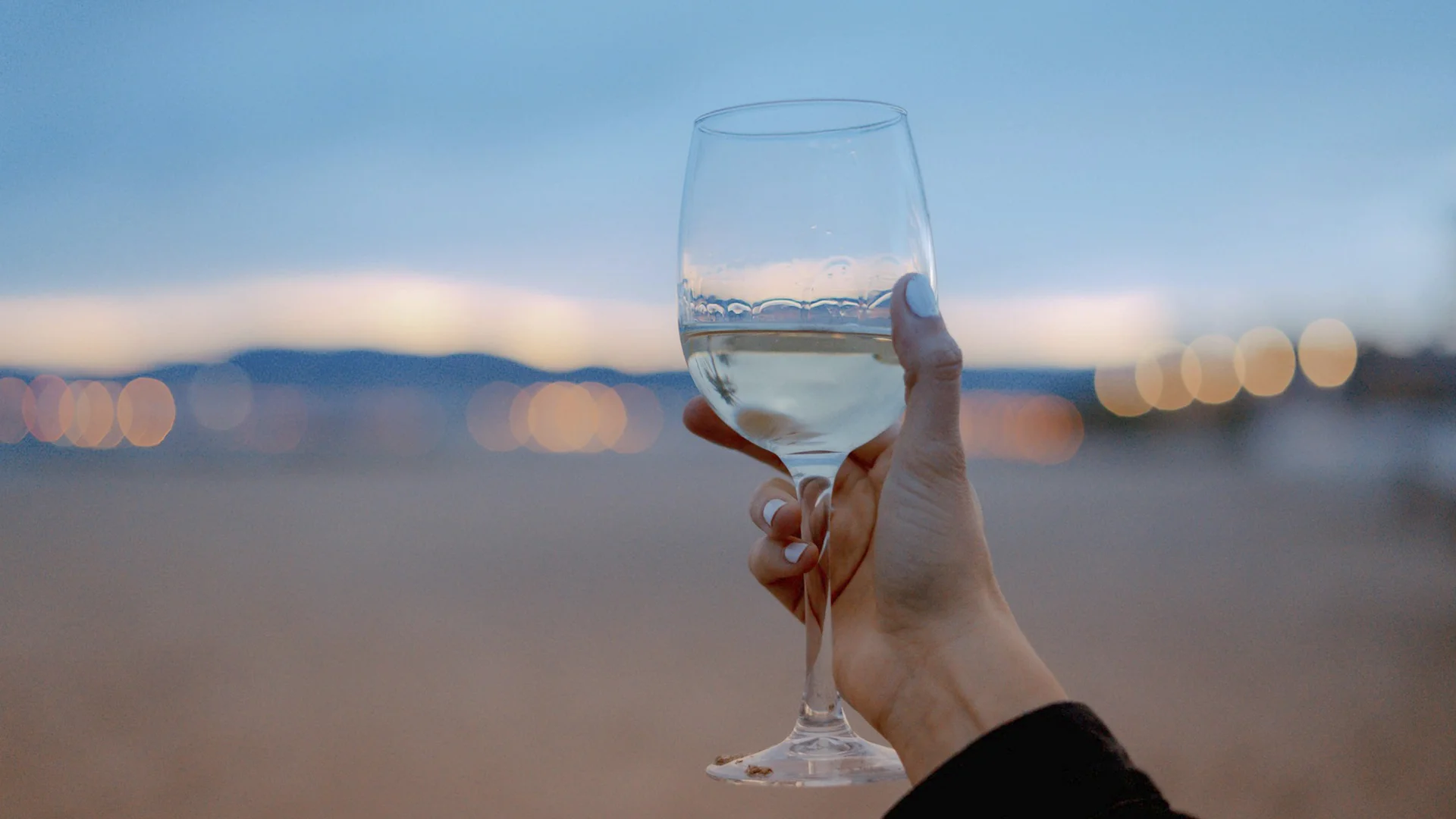
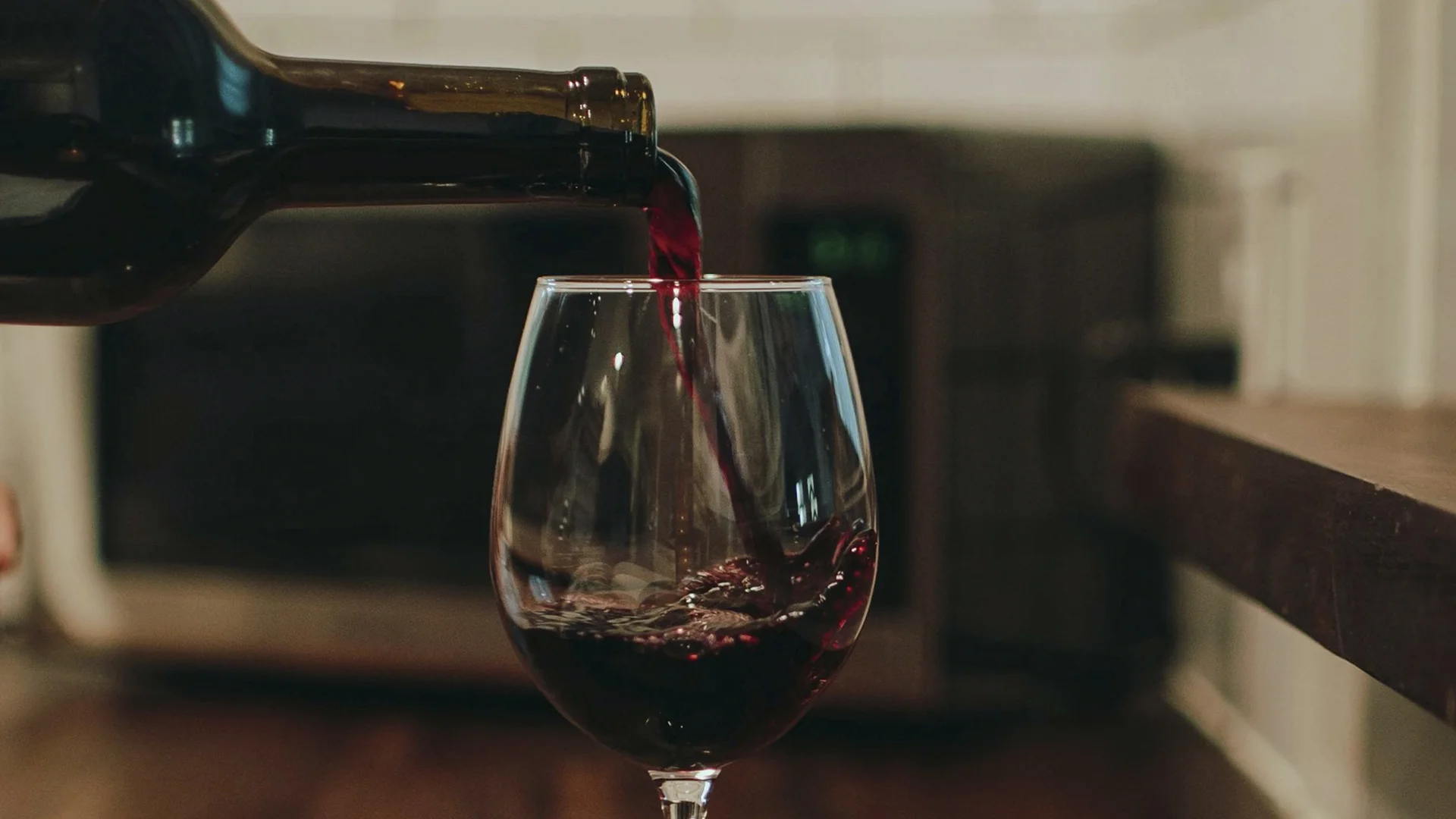
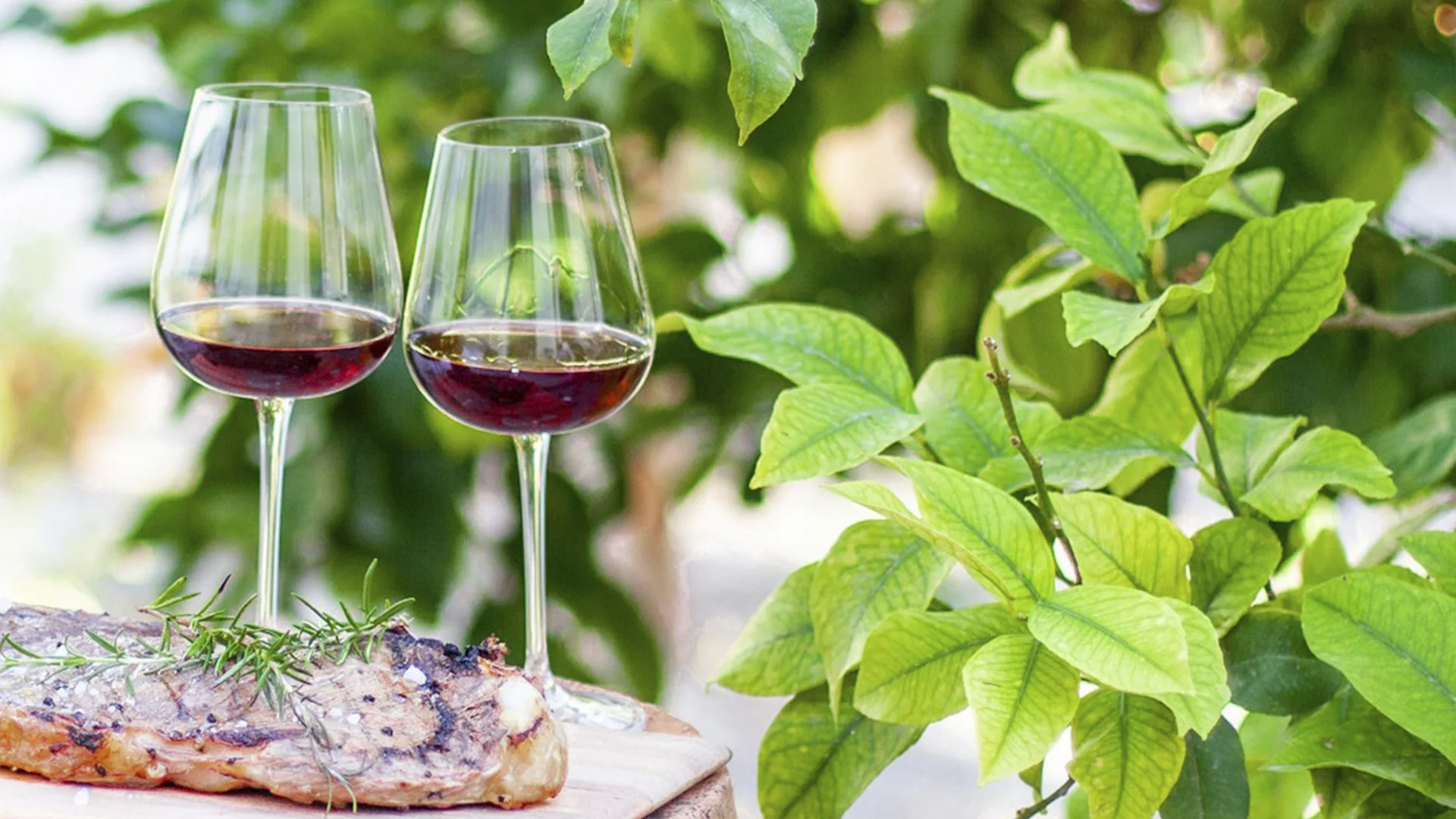
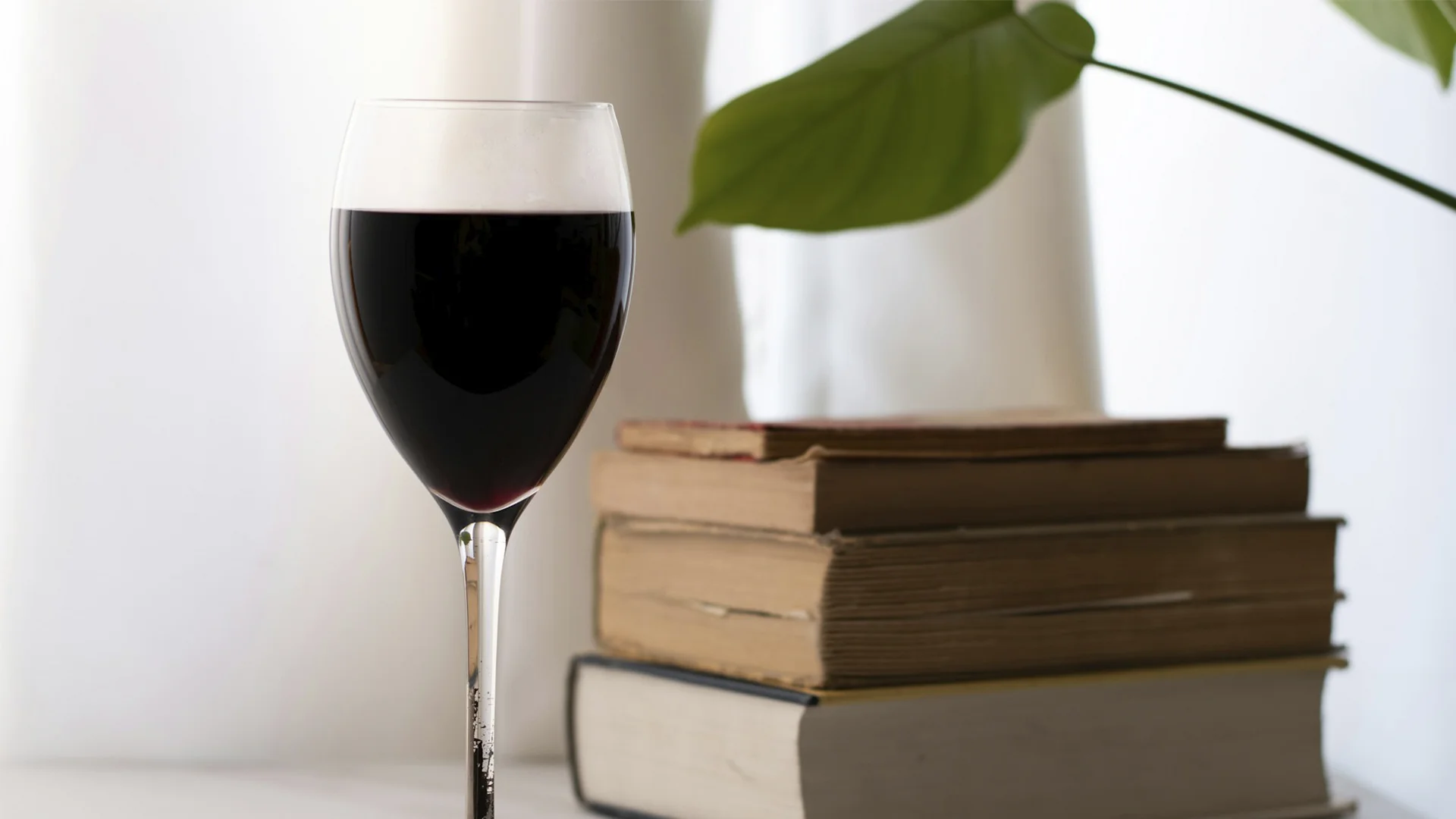
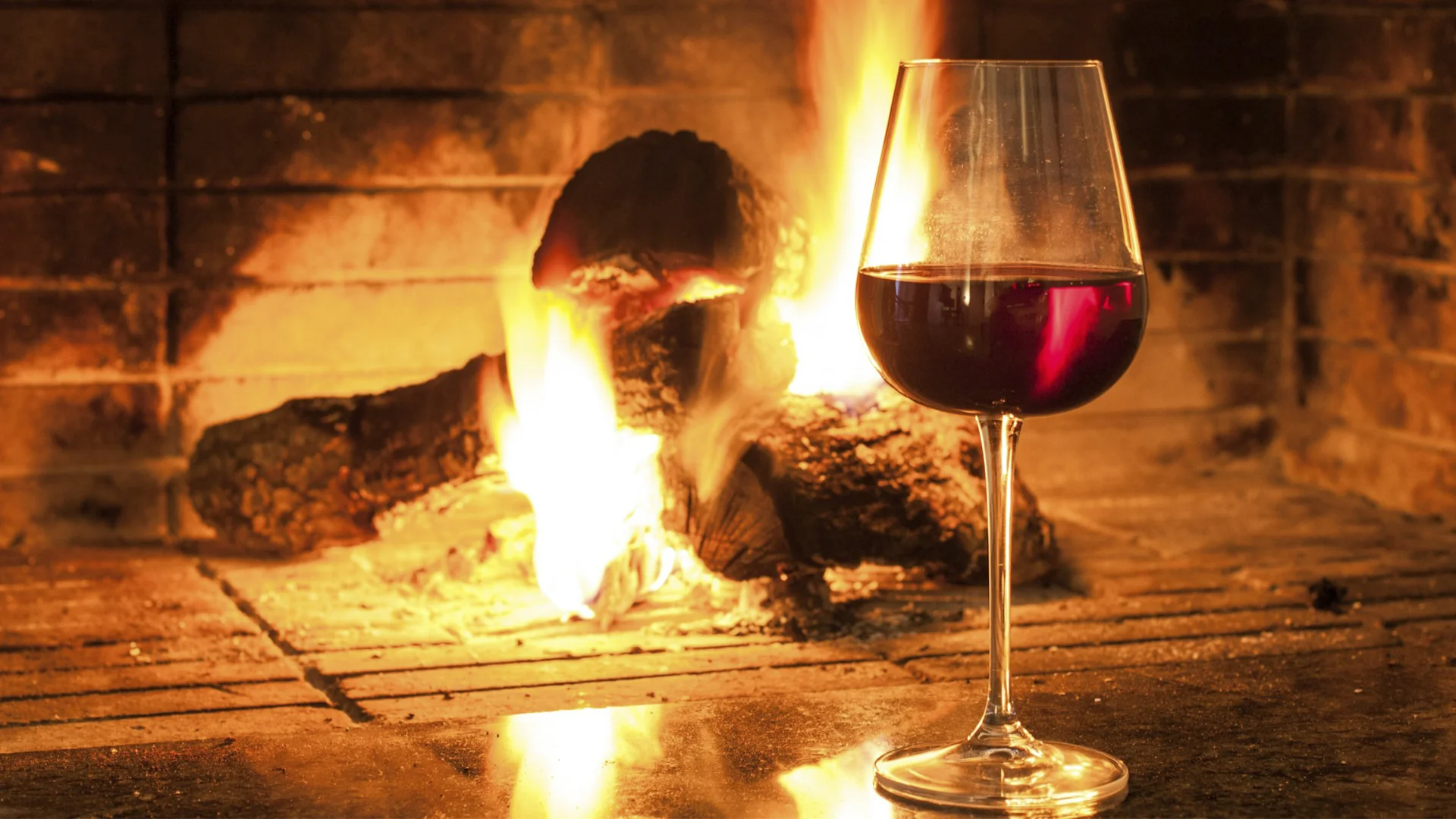
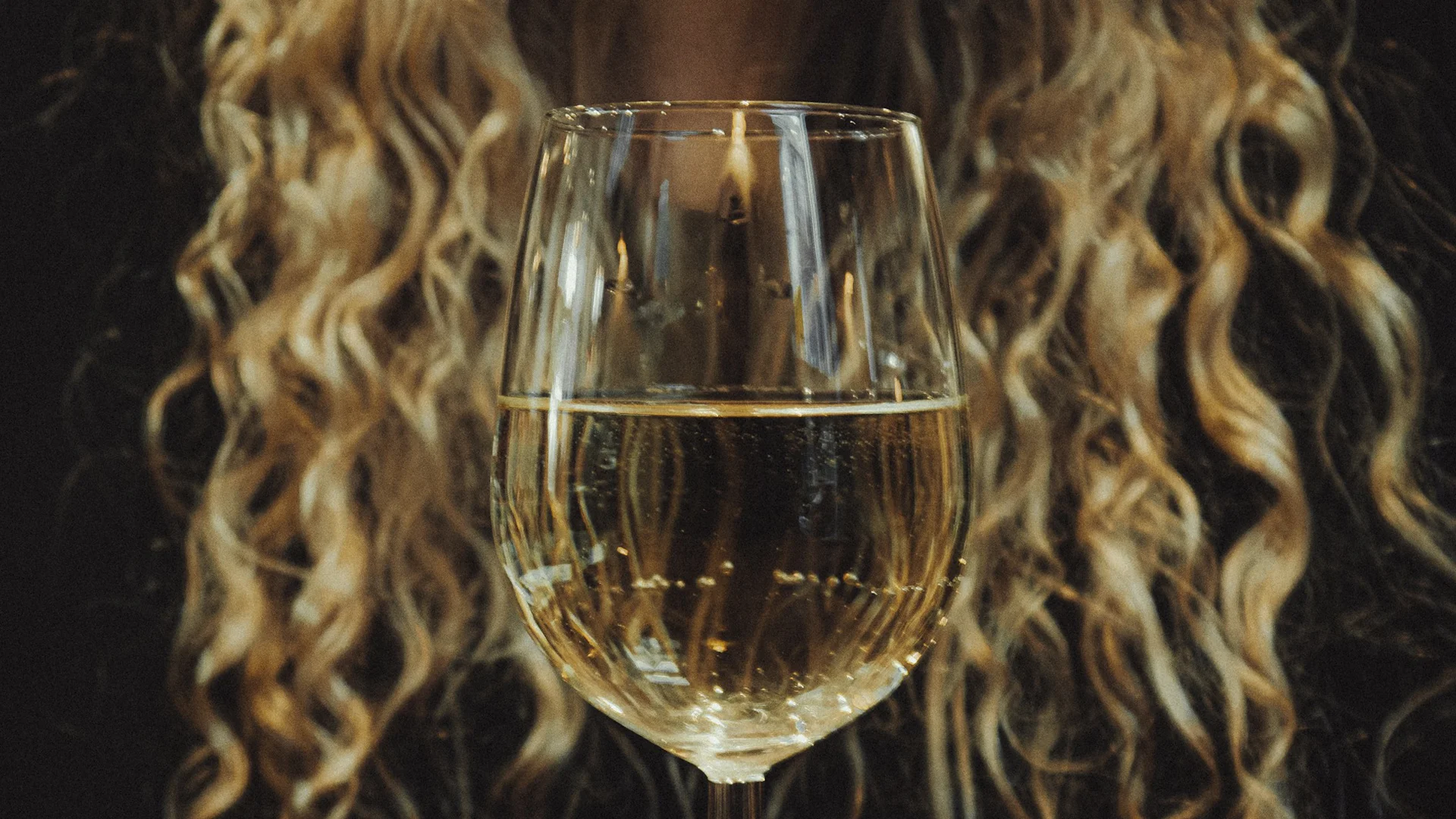
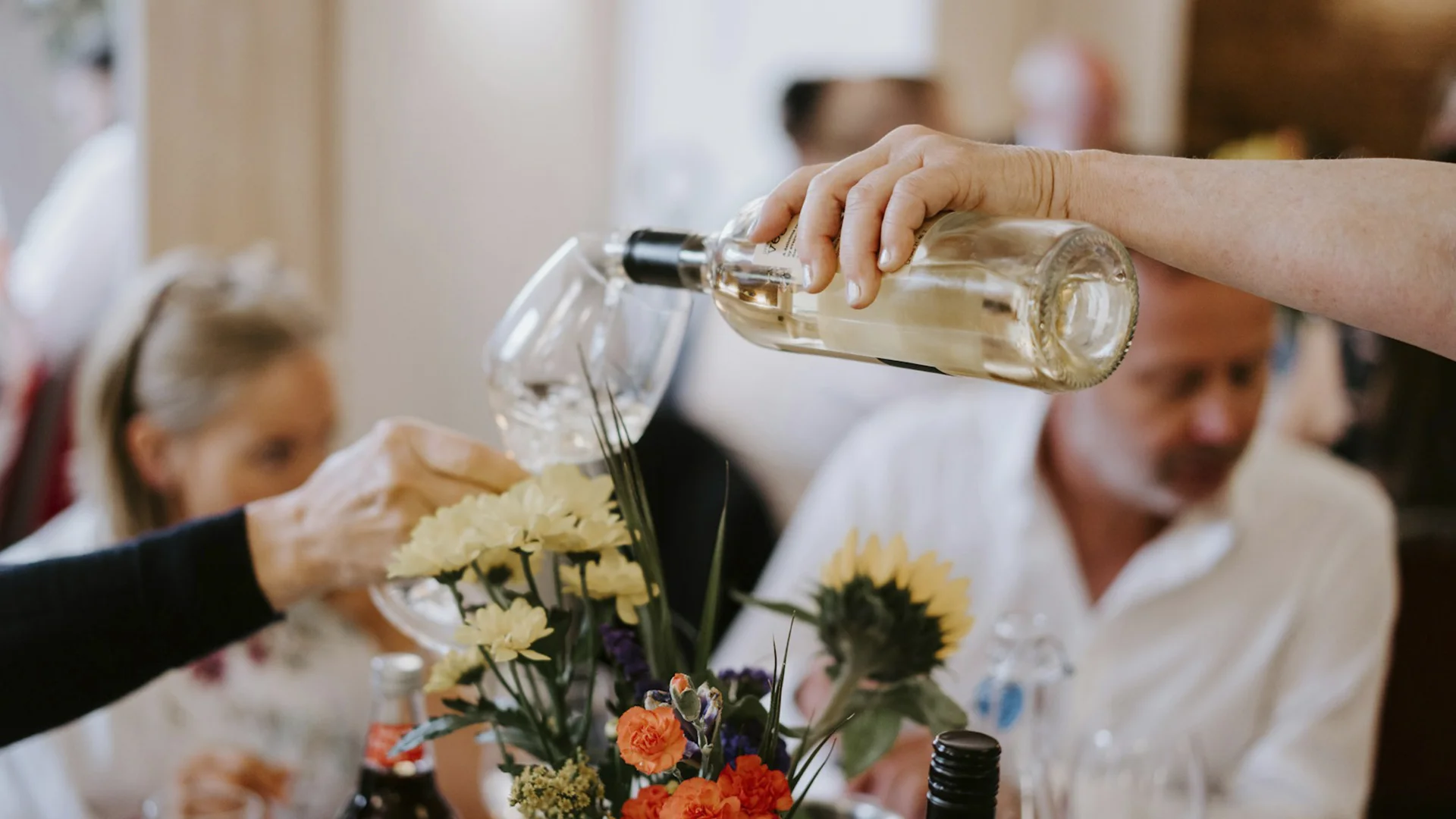
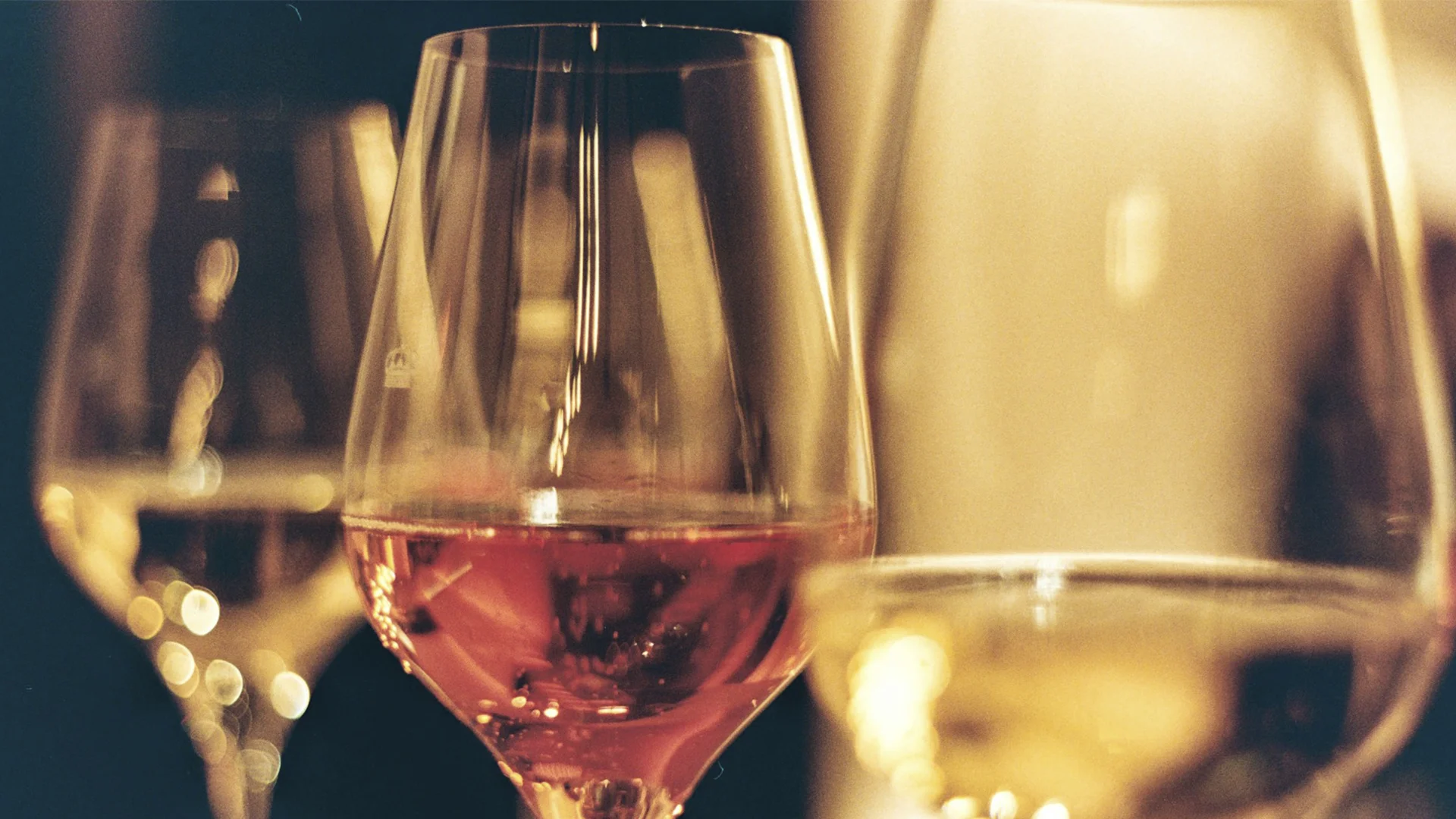
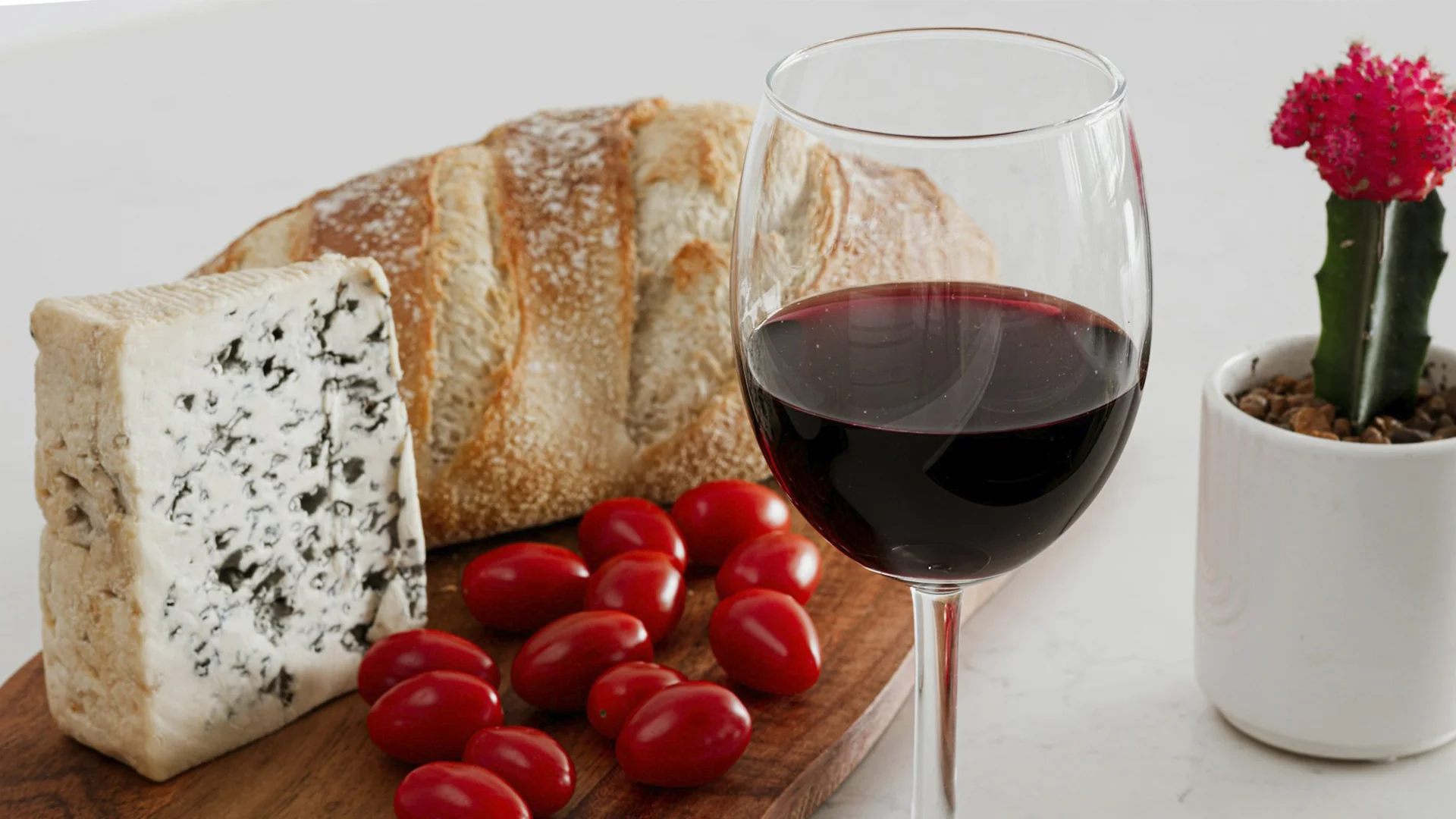
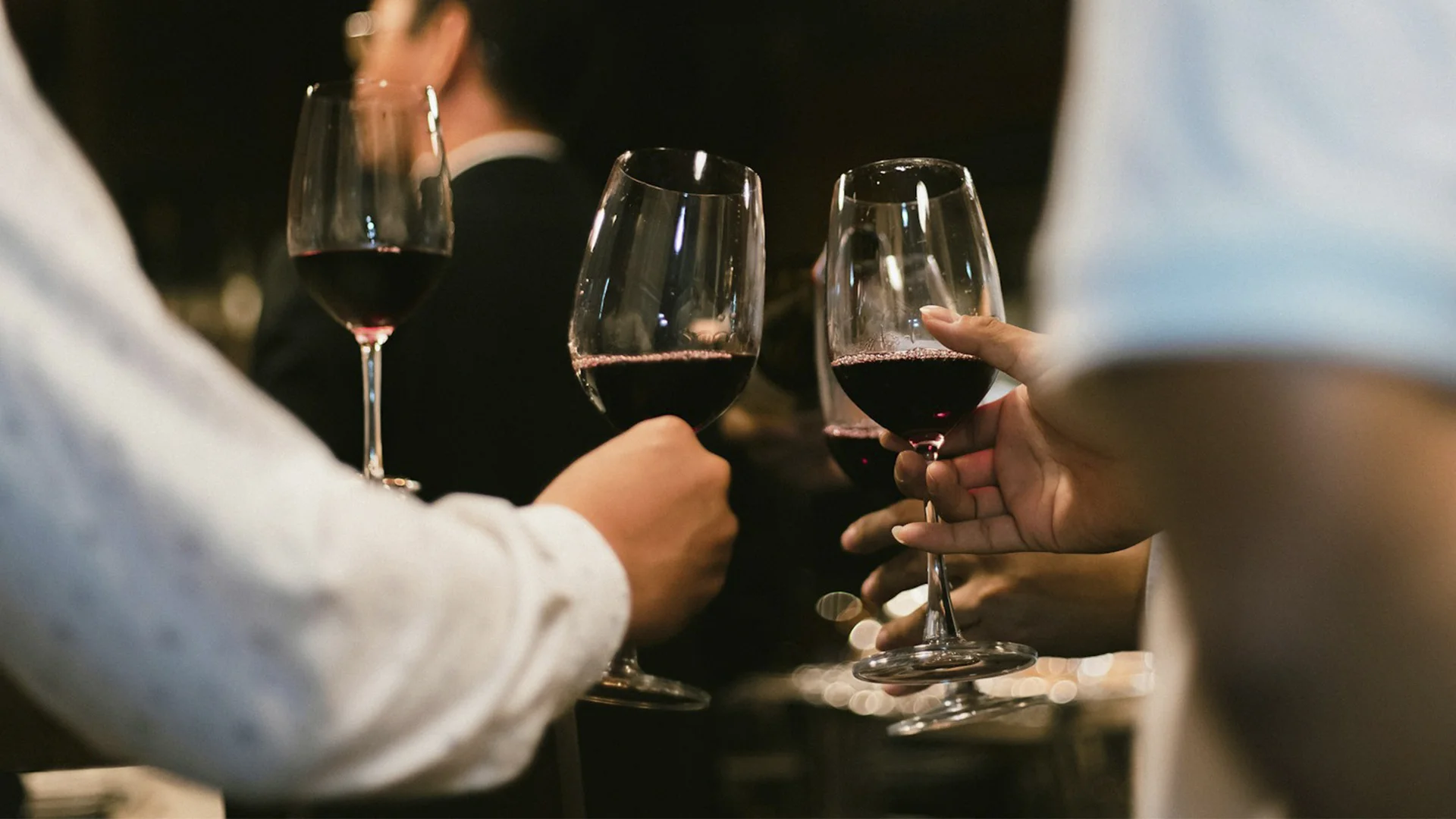

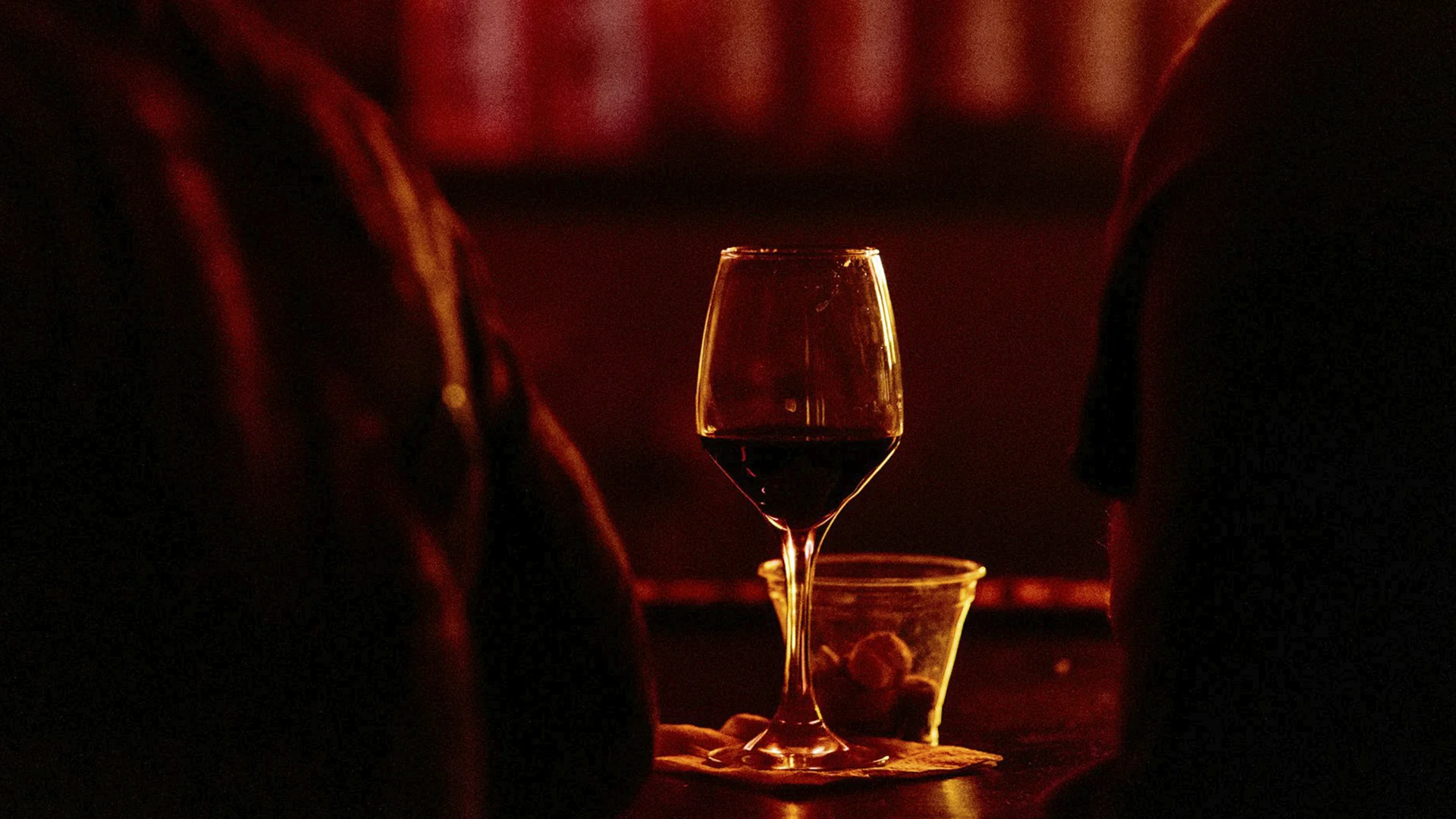
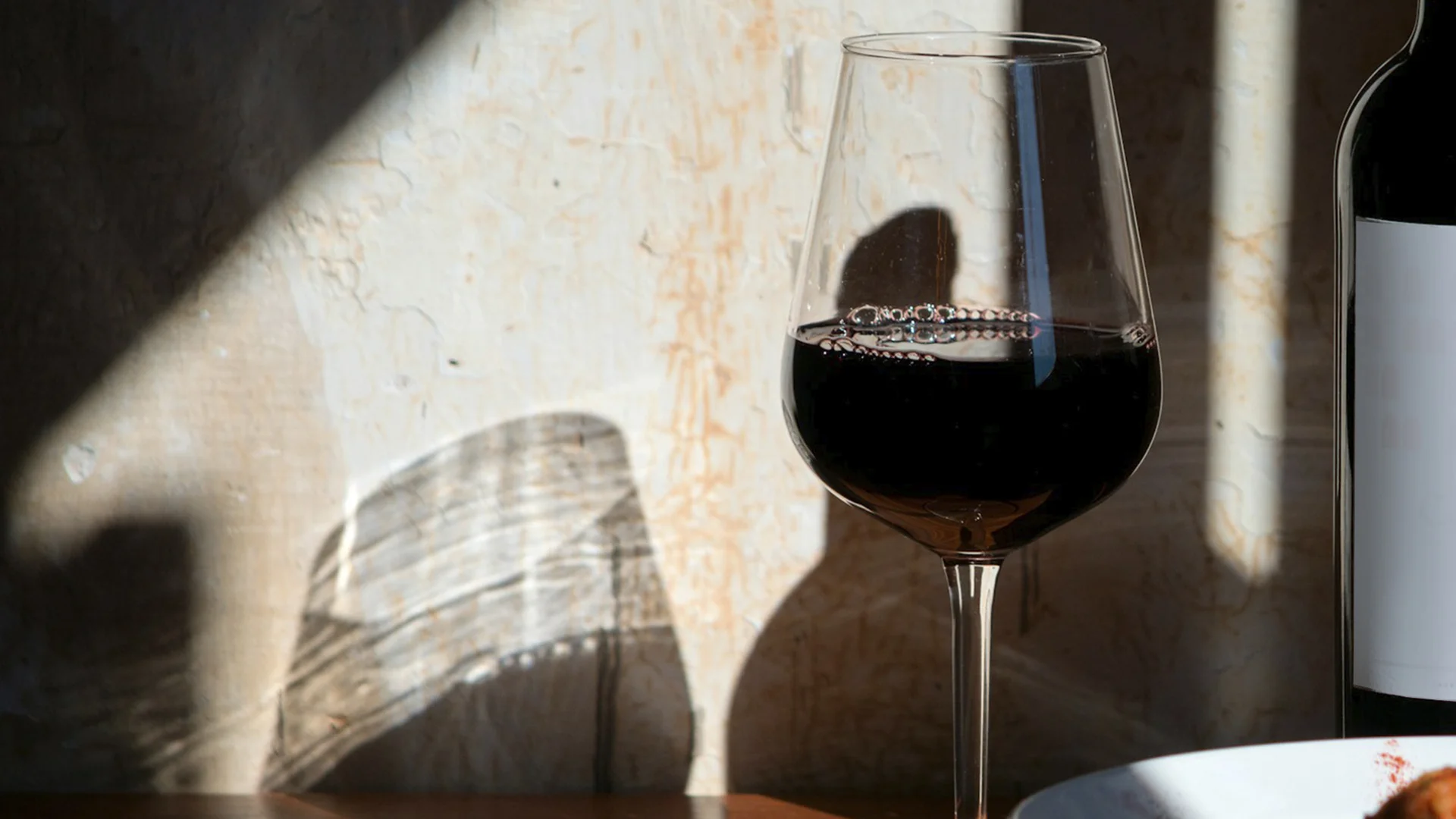
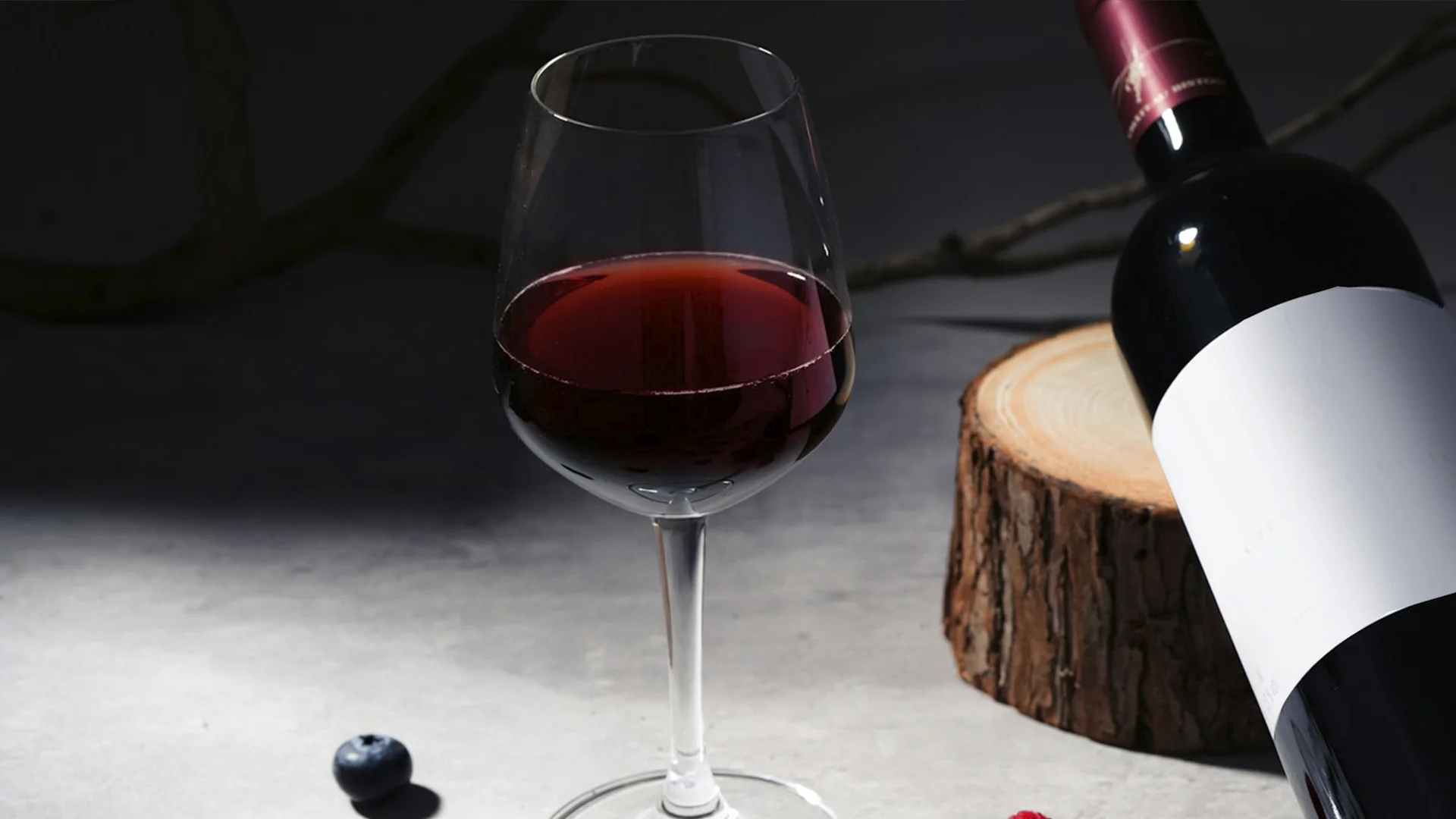
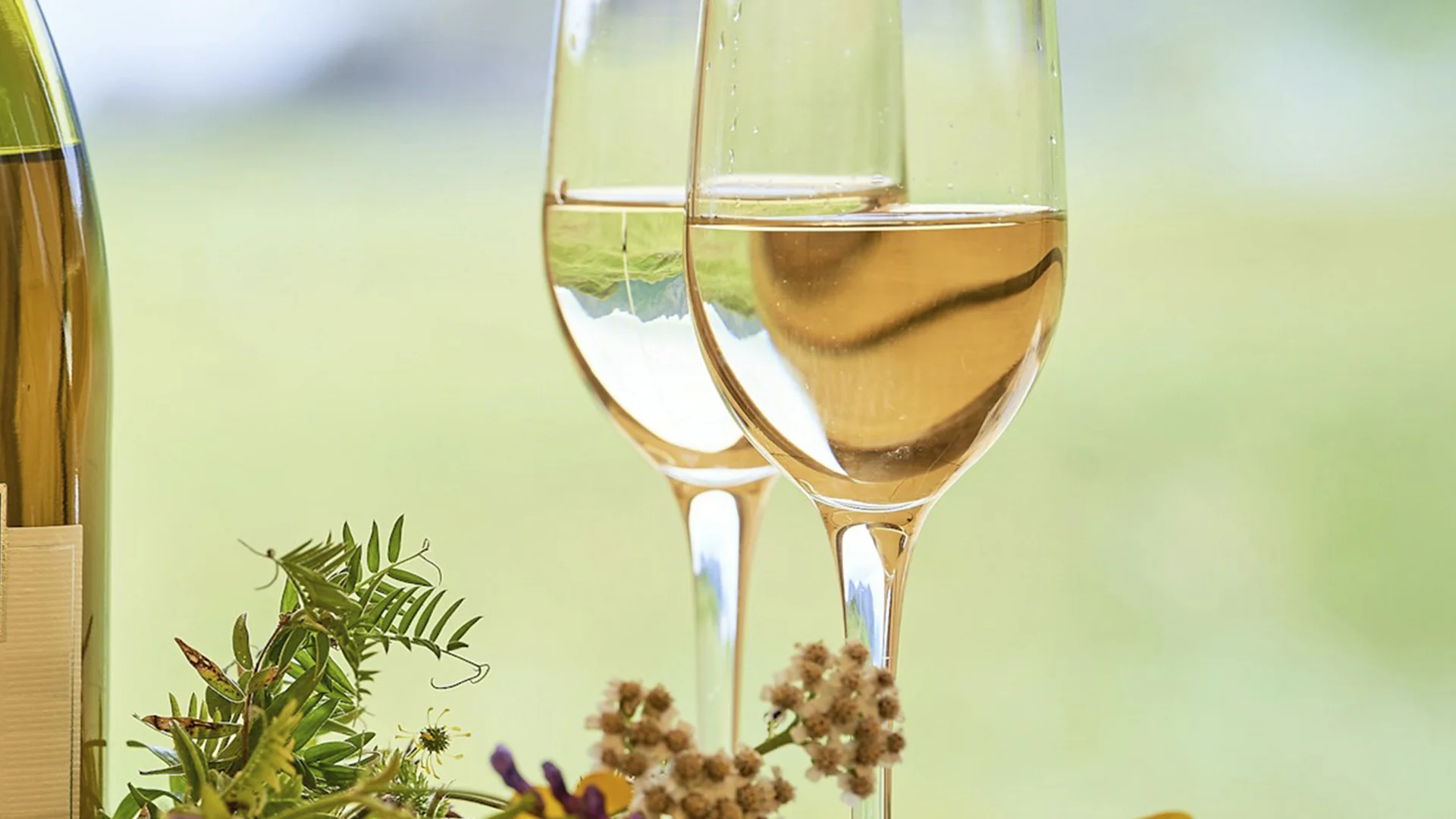

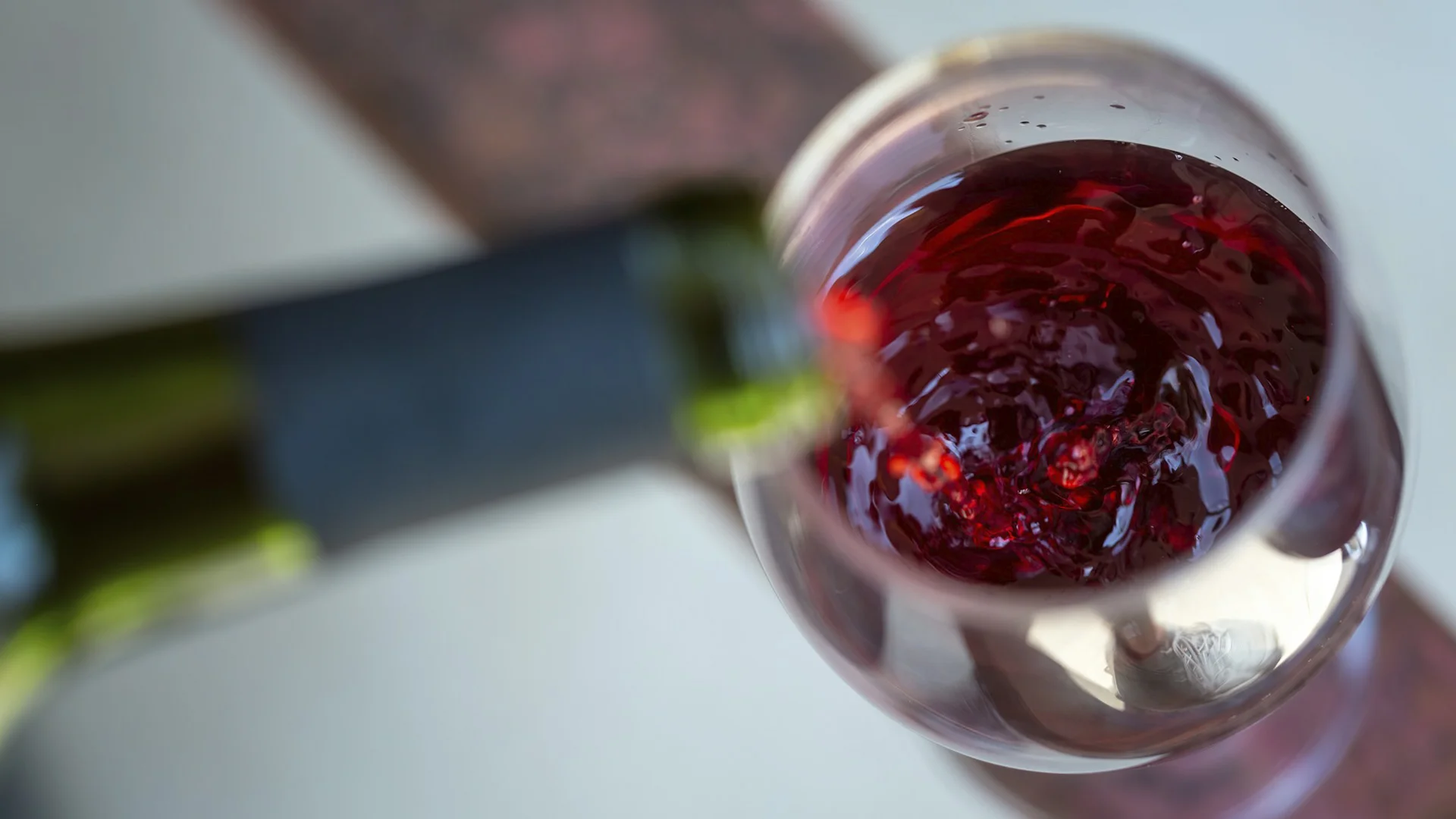
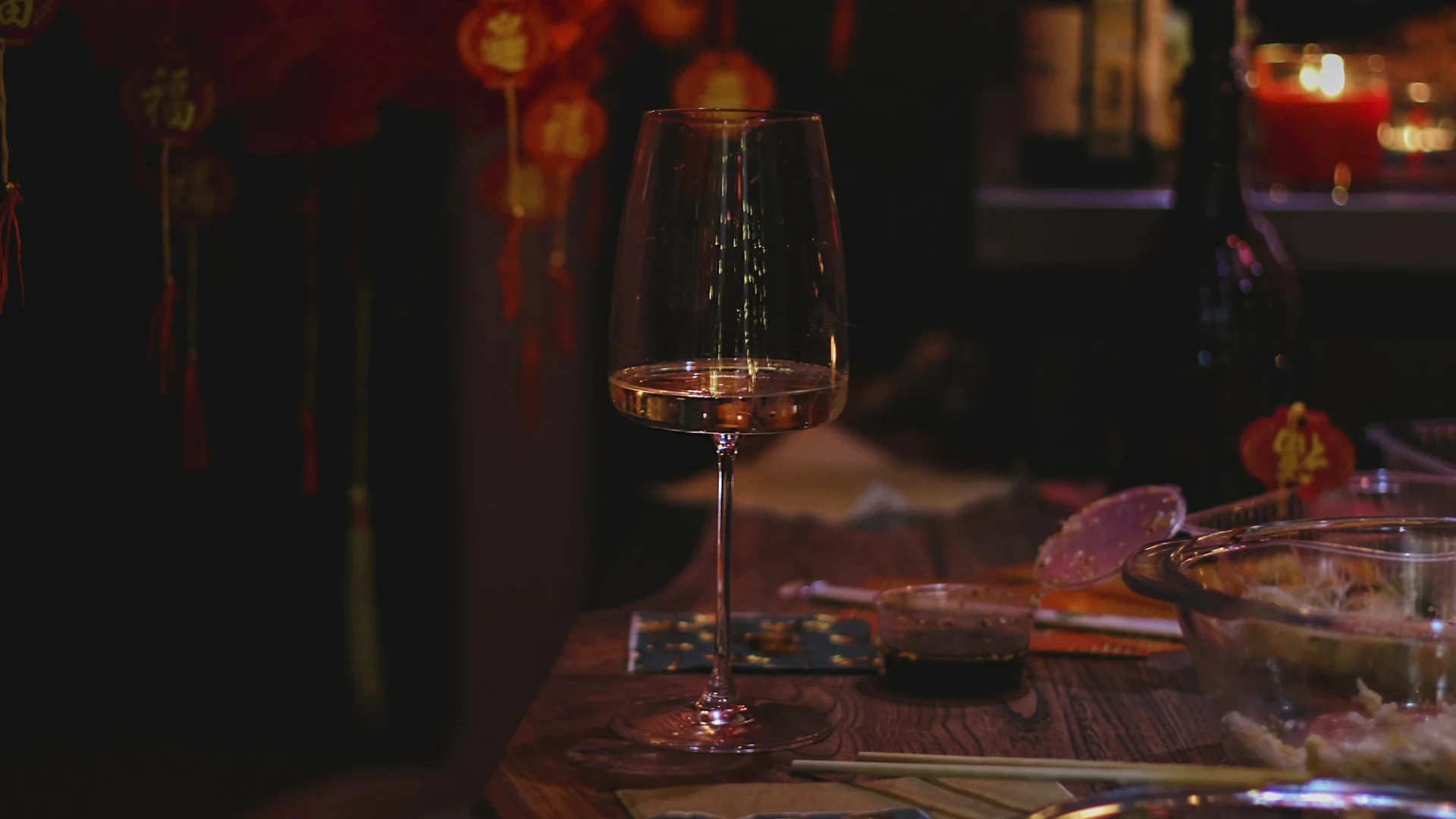
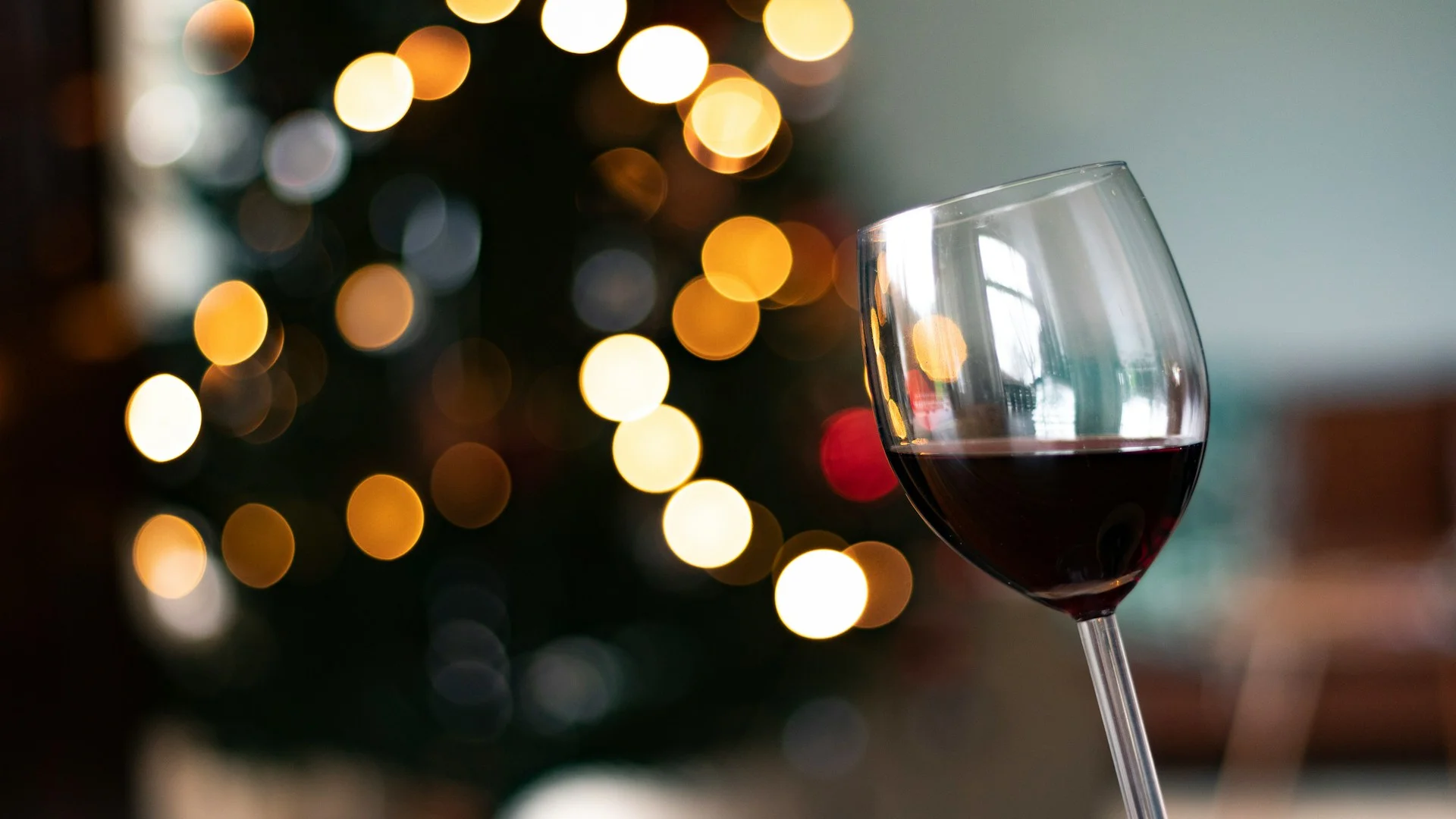
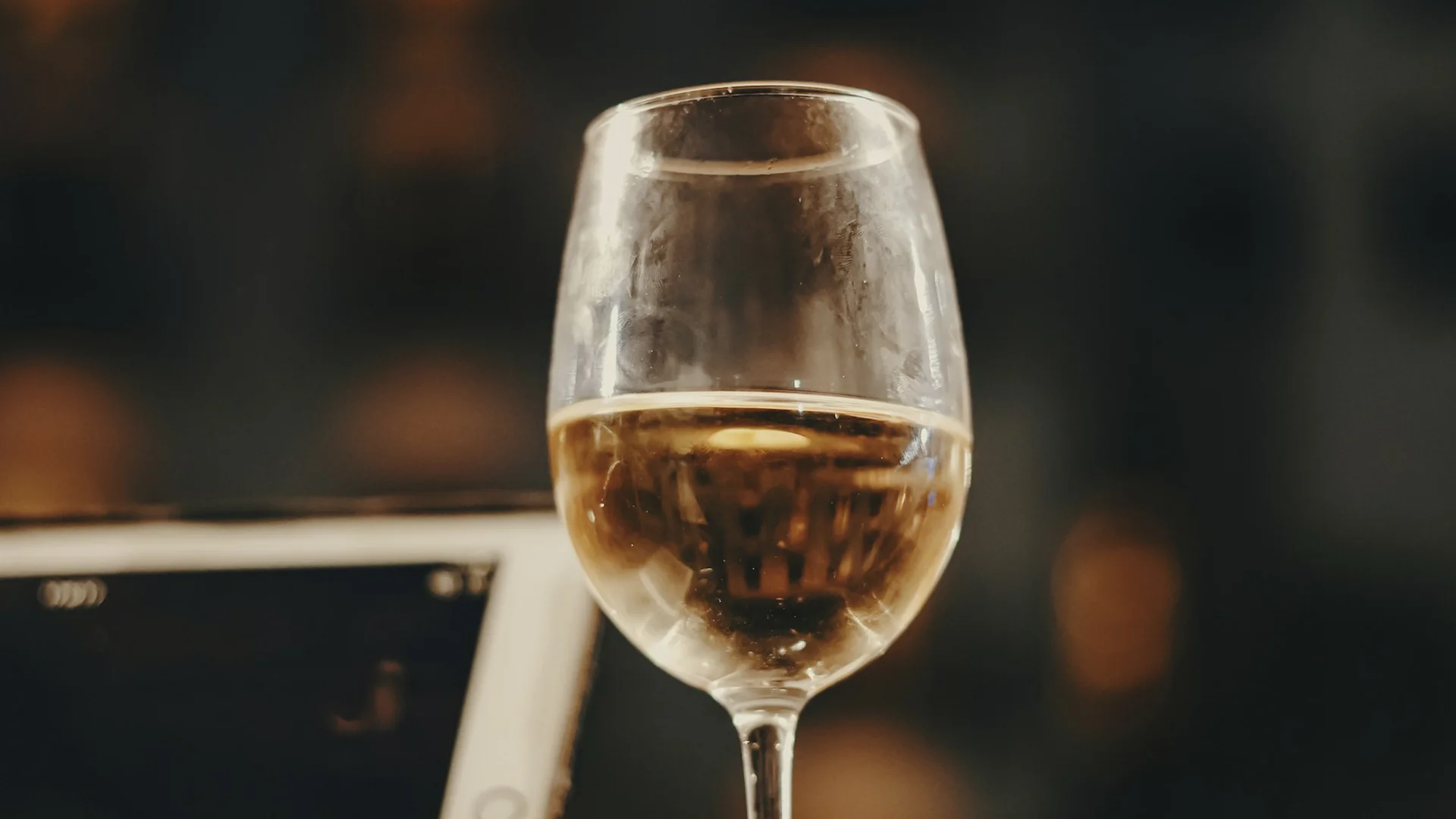




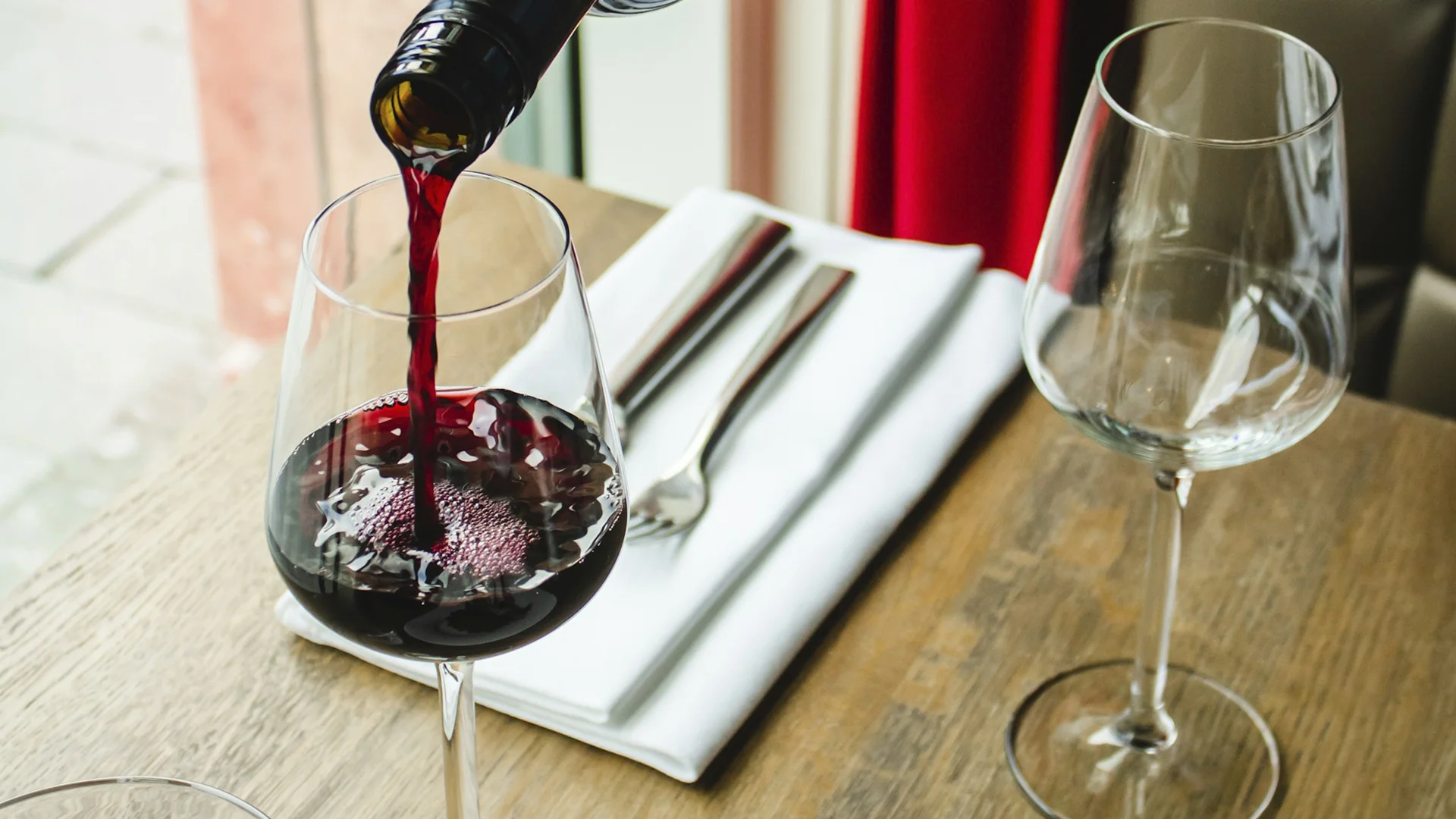












.webp)

.webp)
.webp)
.webp)



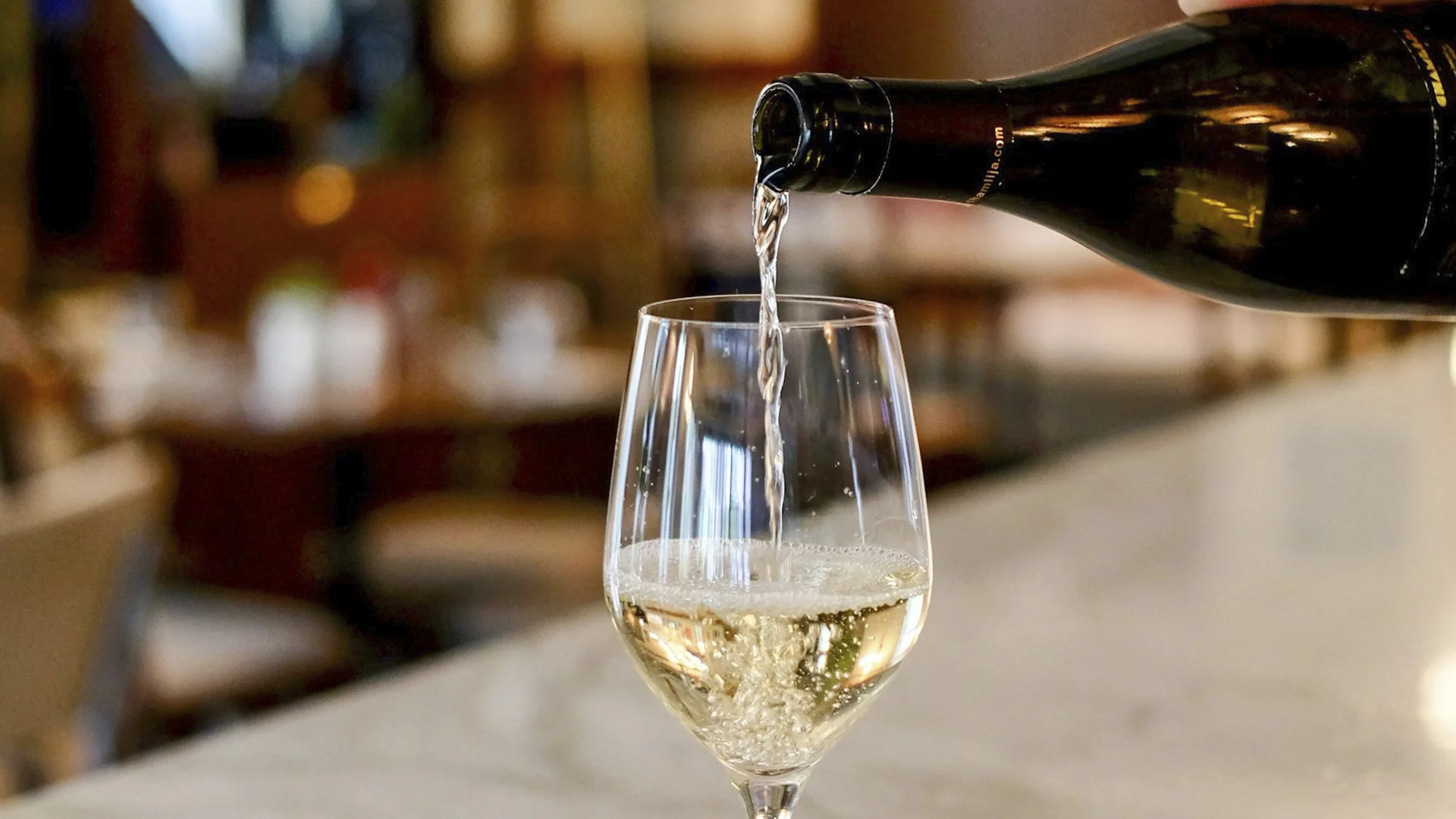


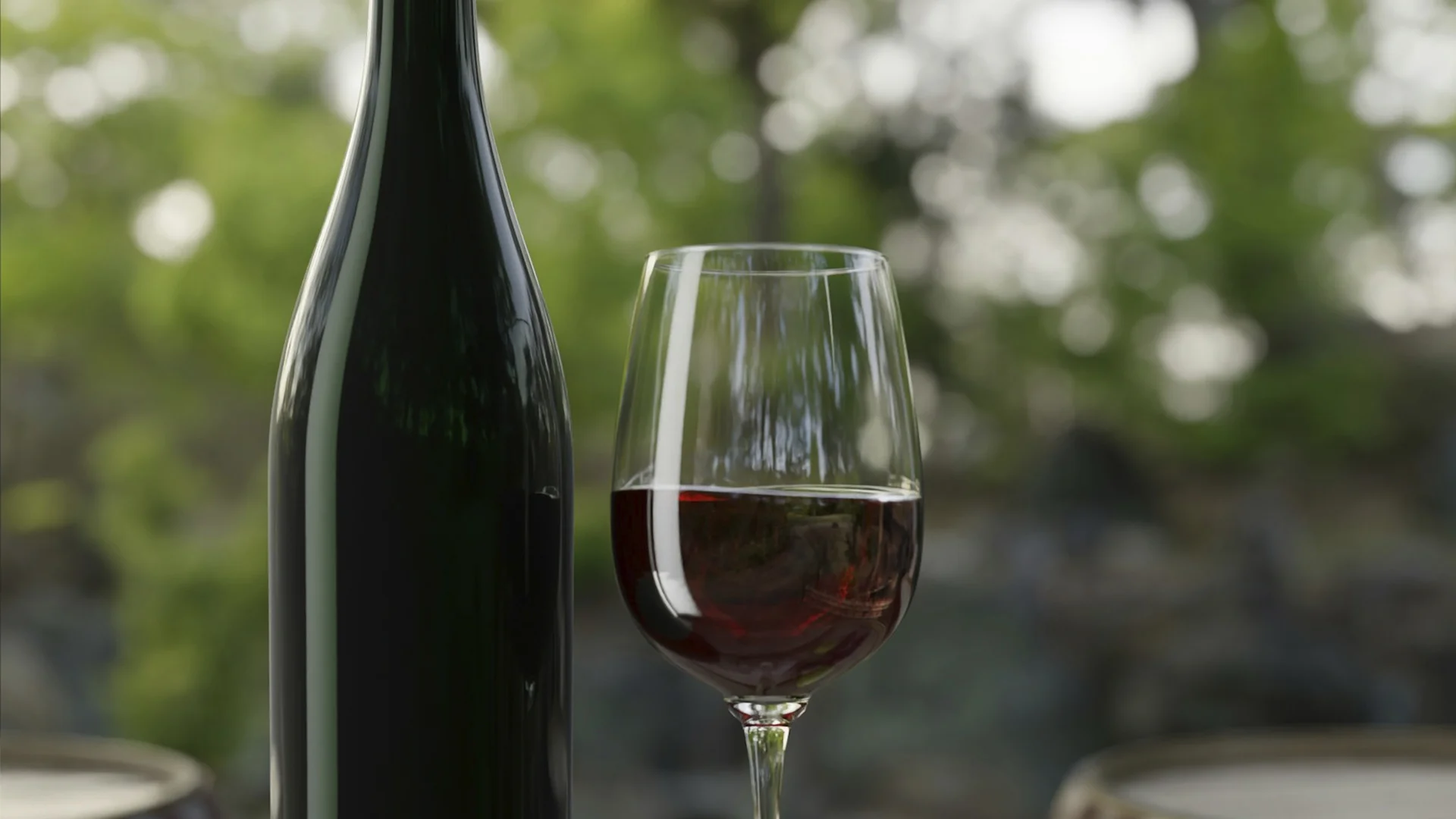



















.webp)













Are you interested in
collaborating with us?